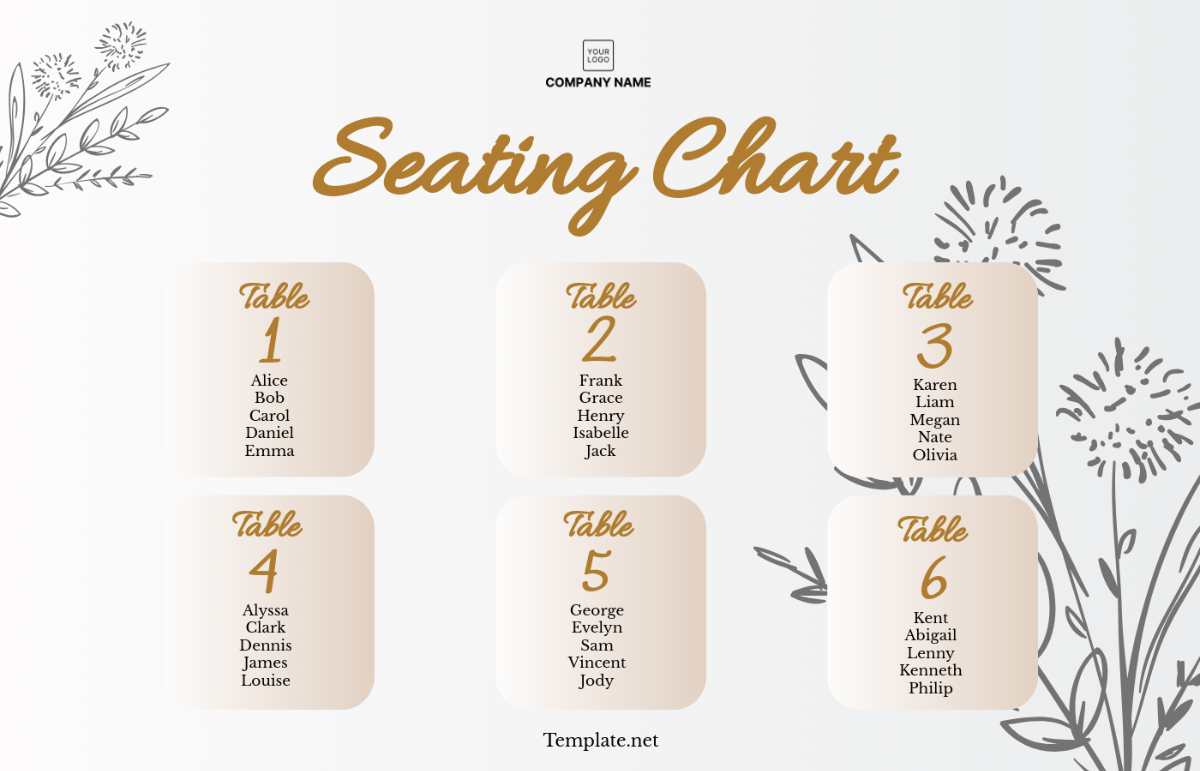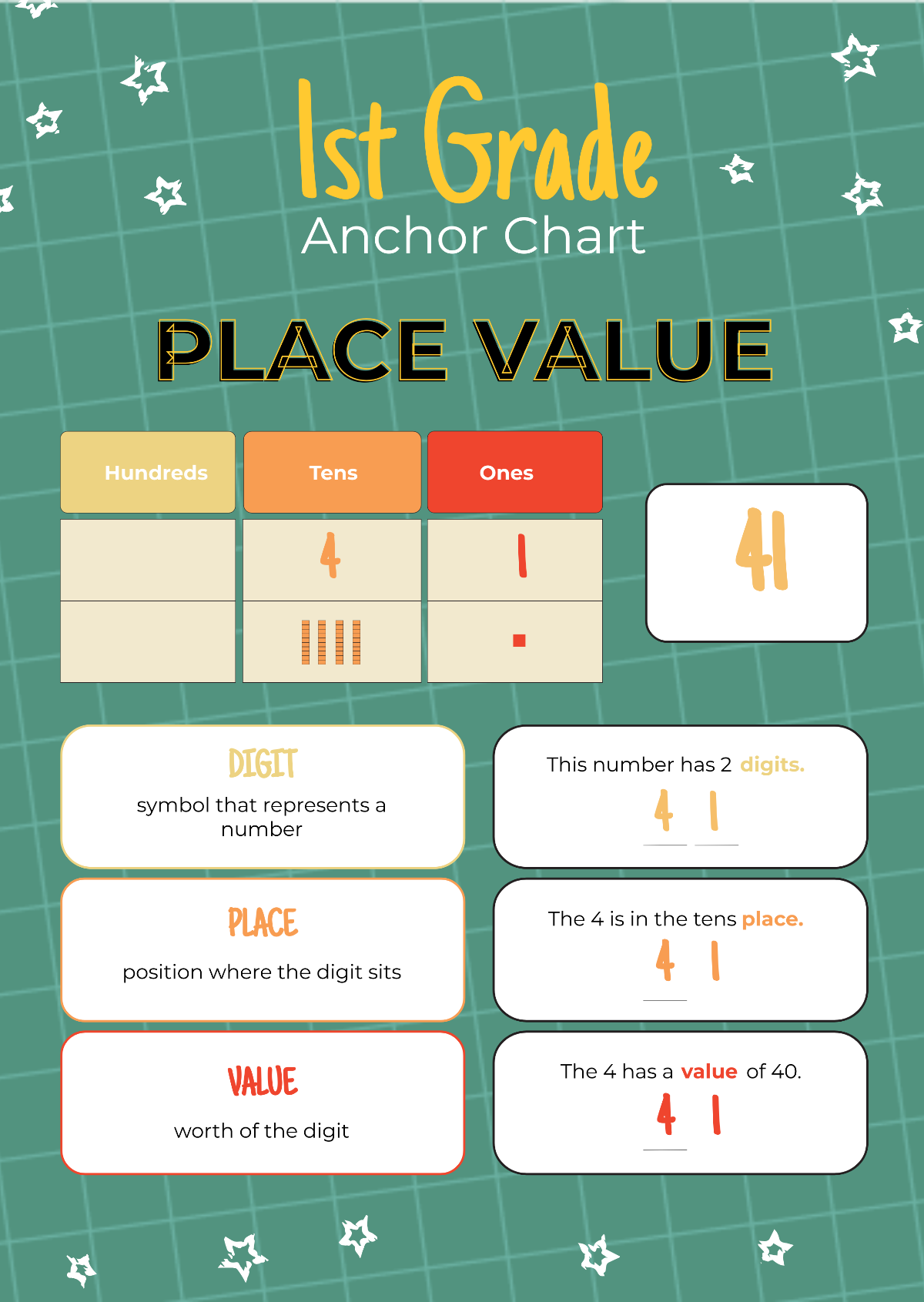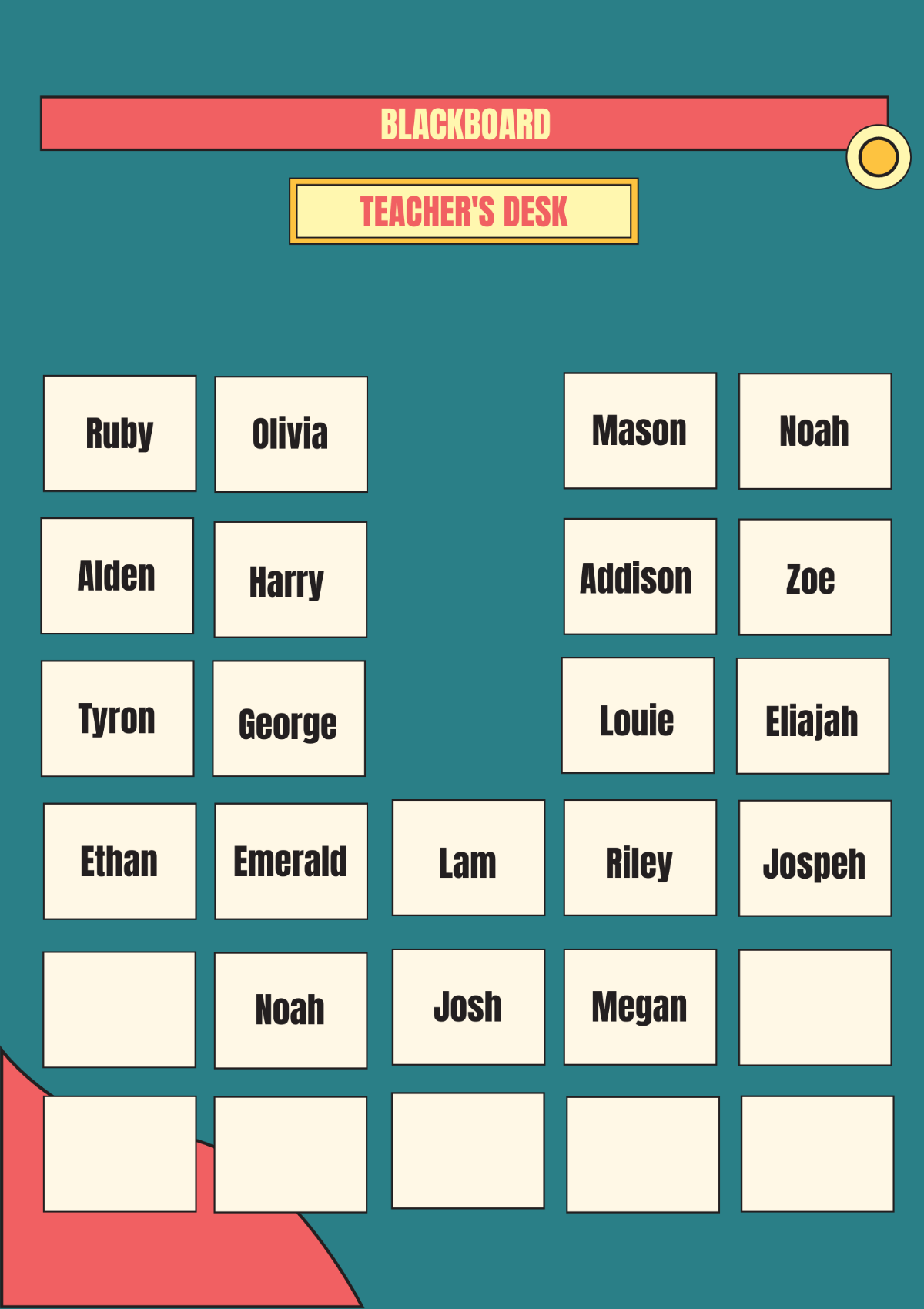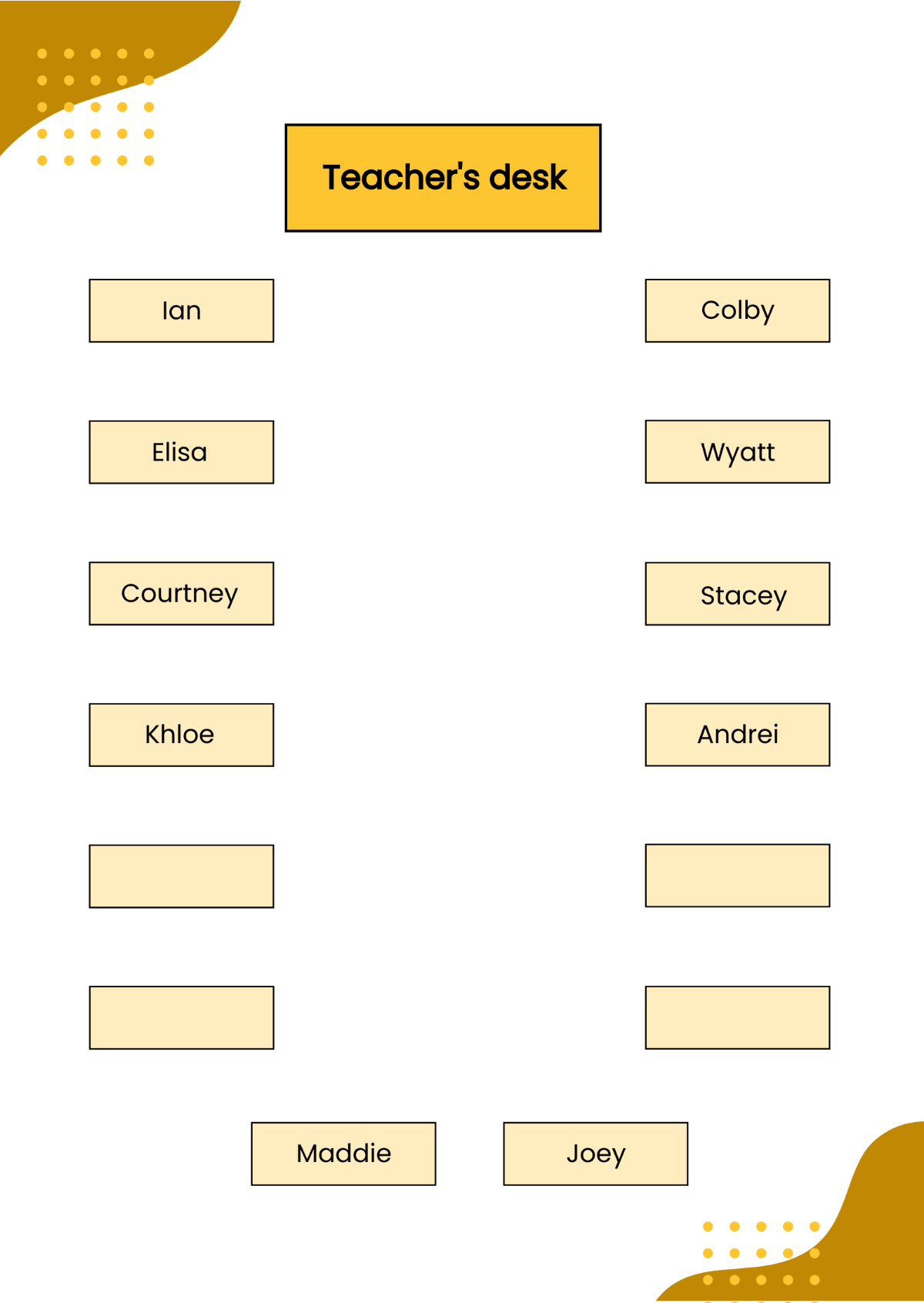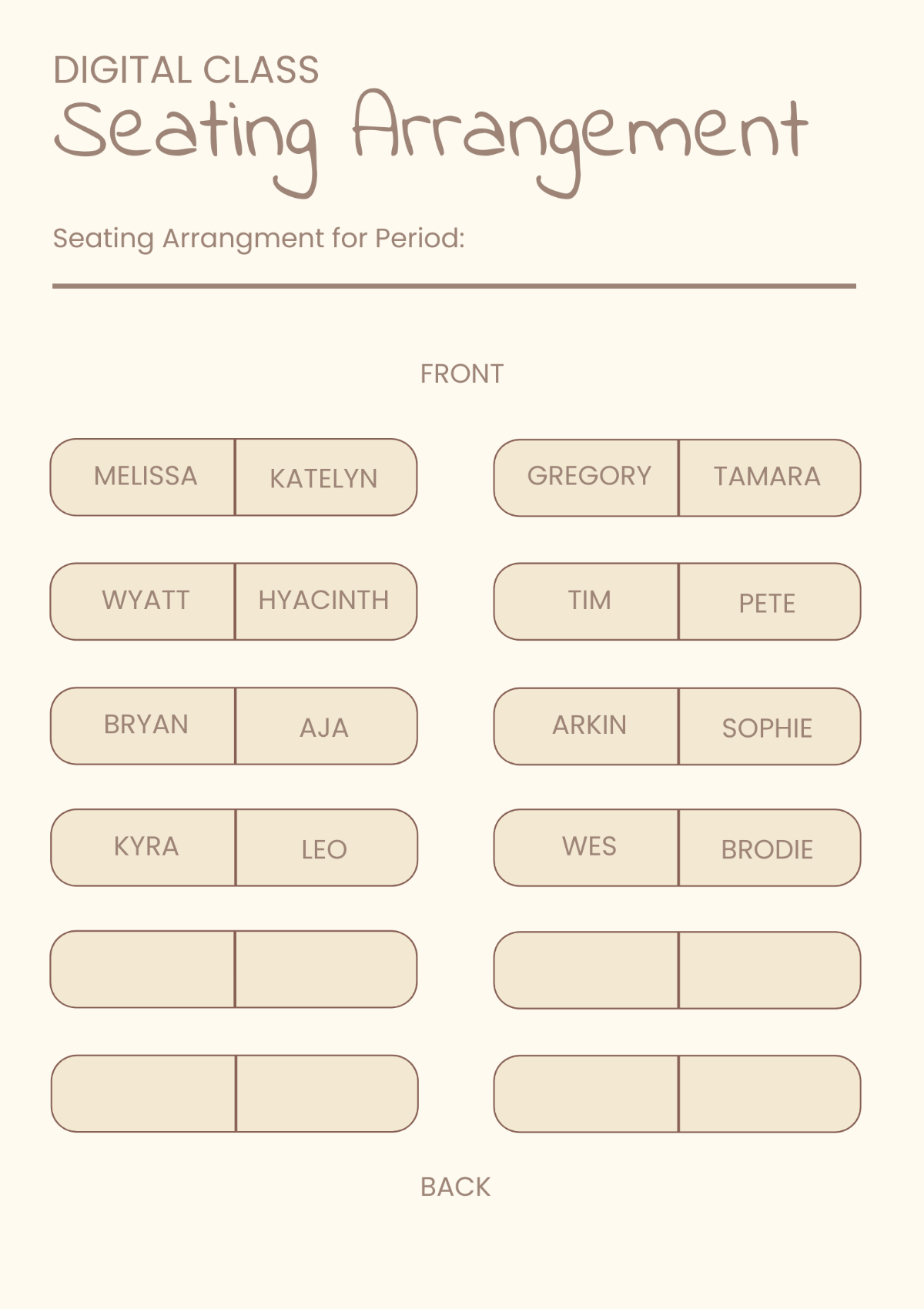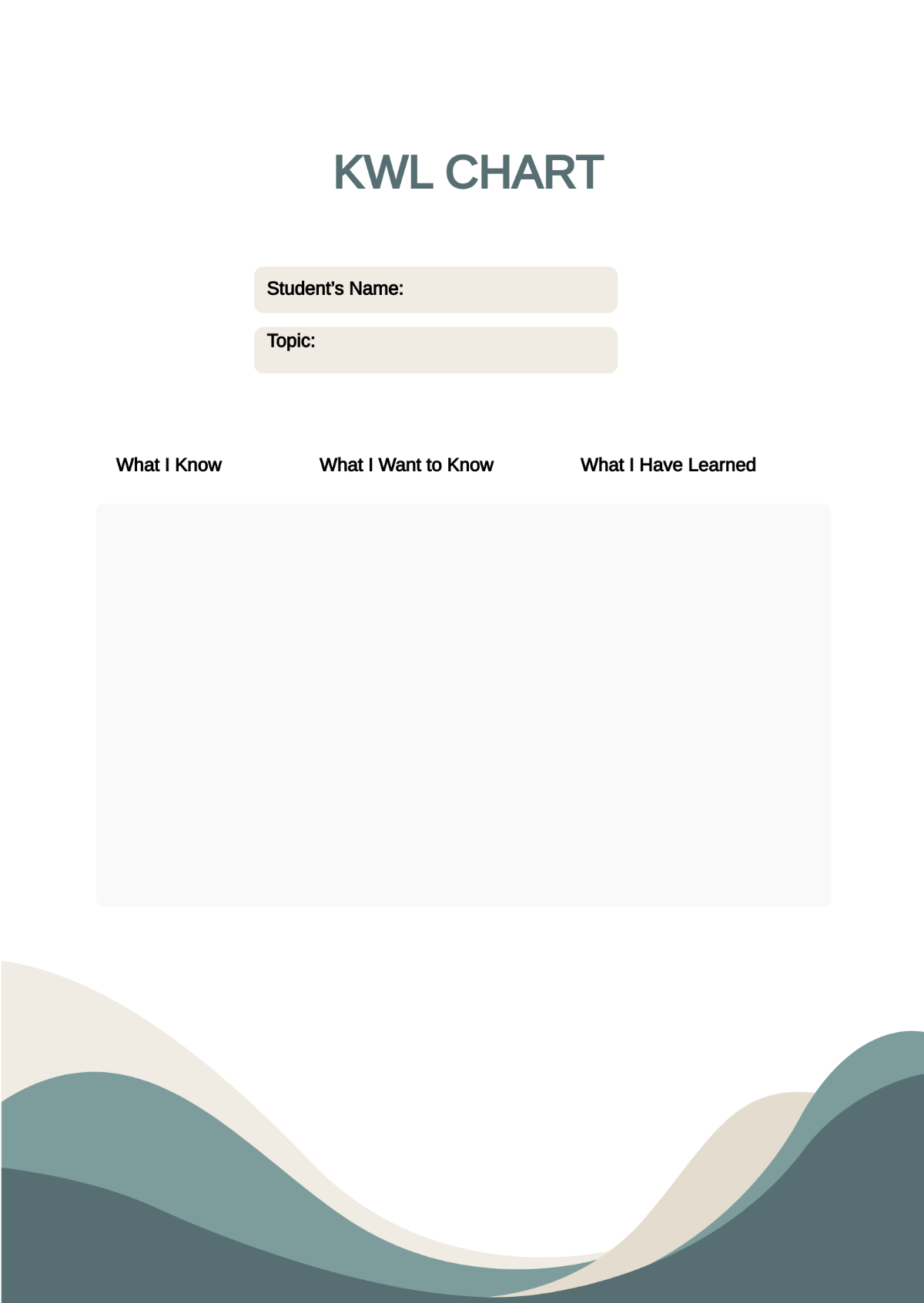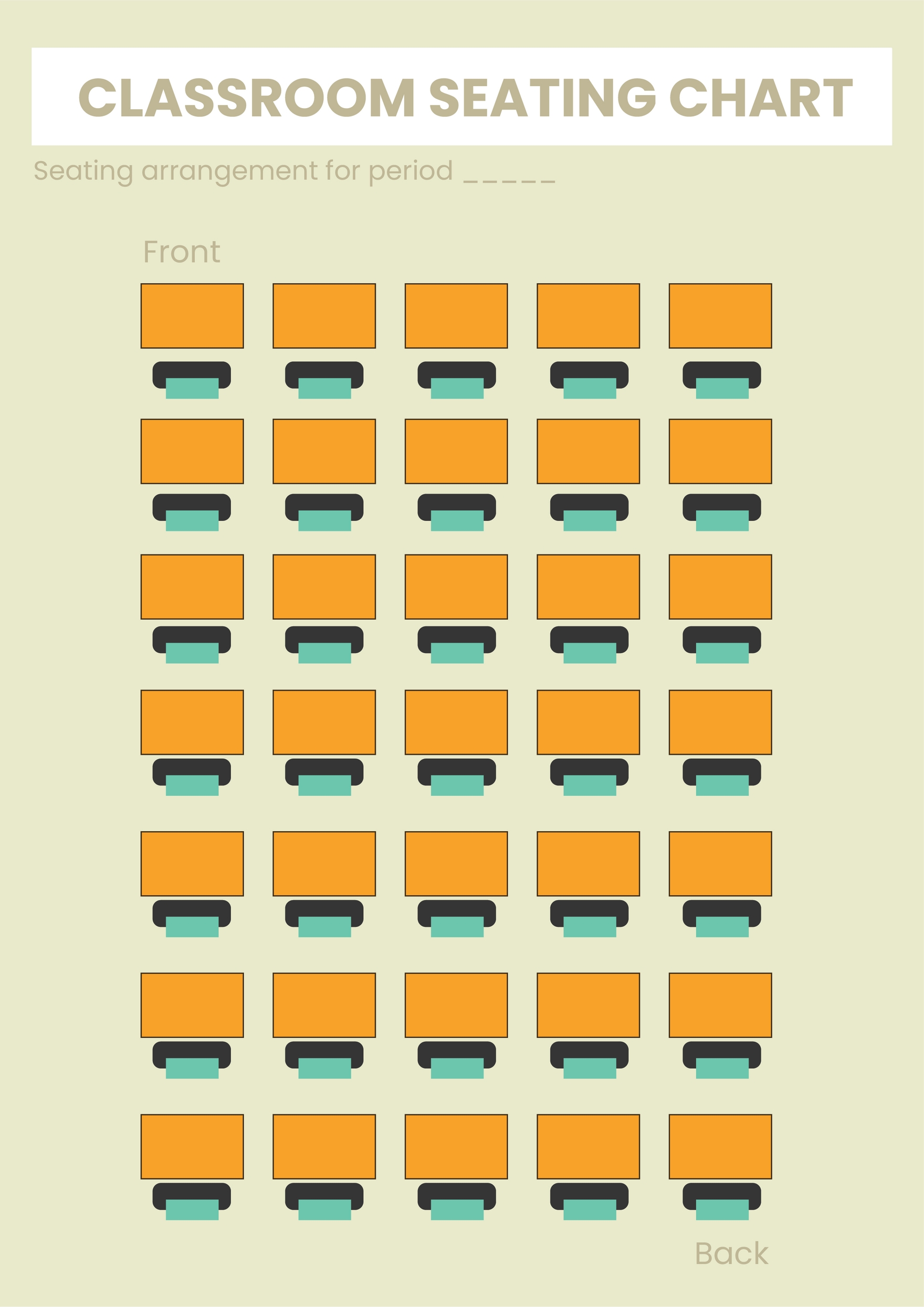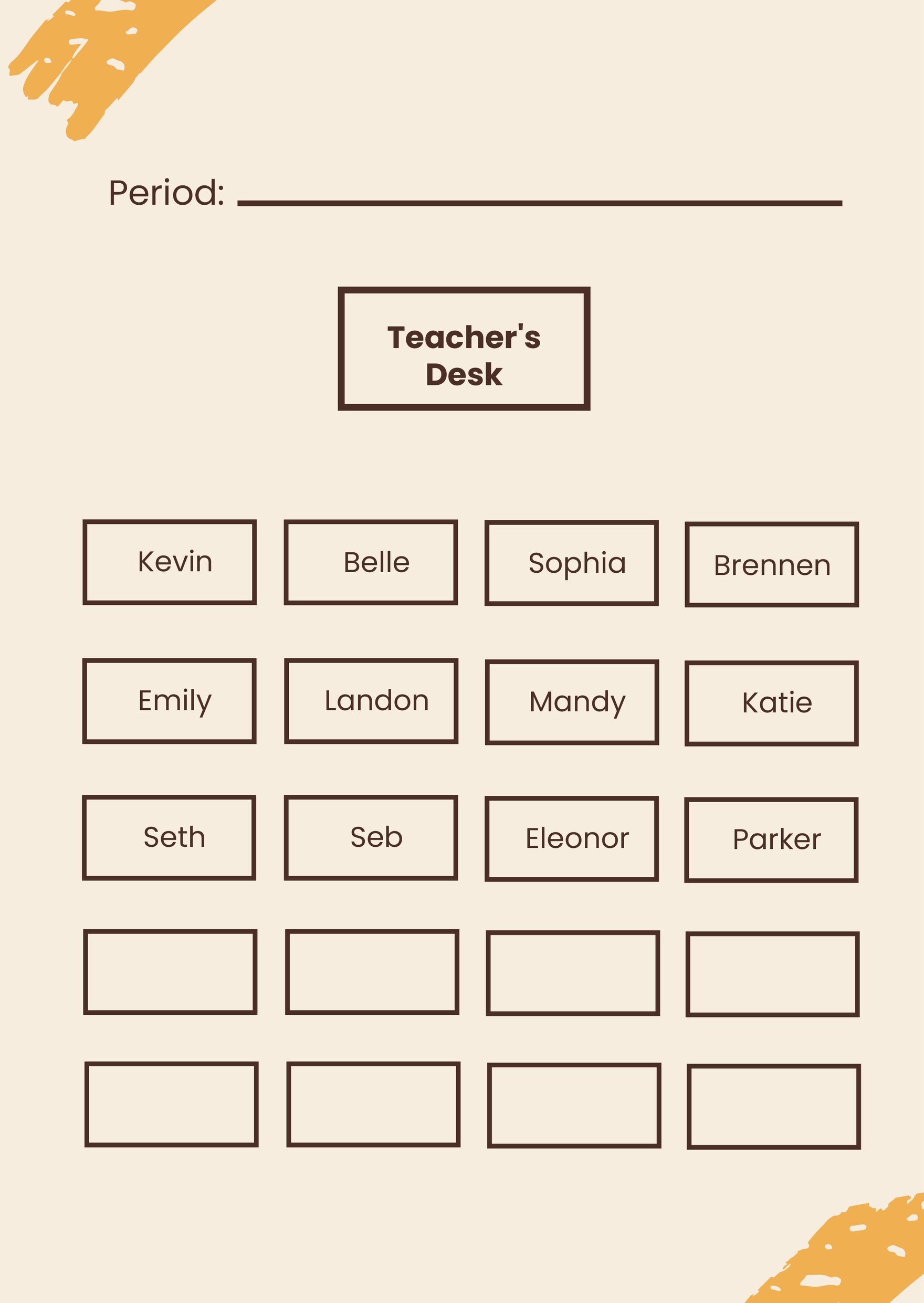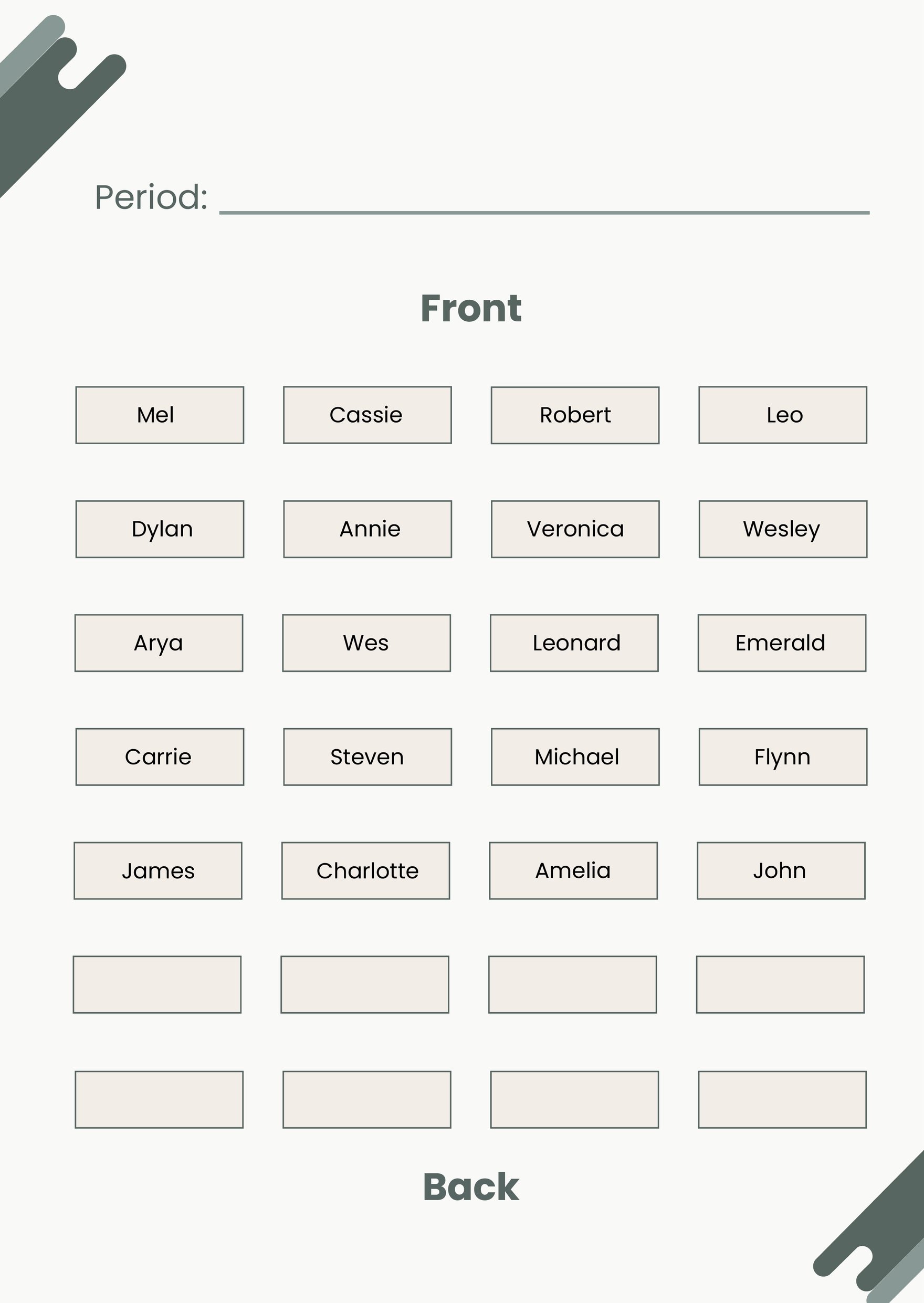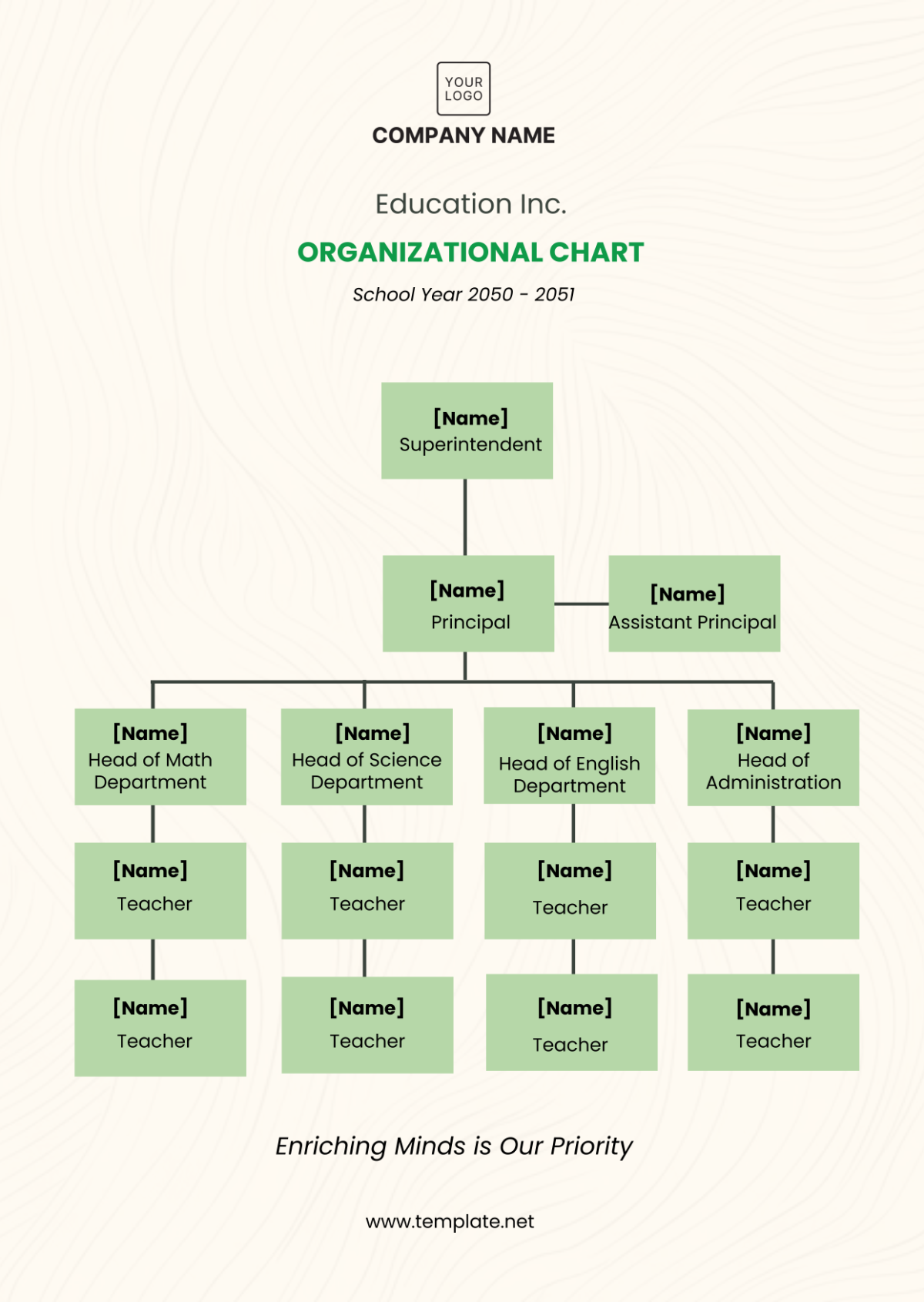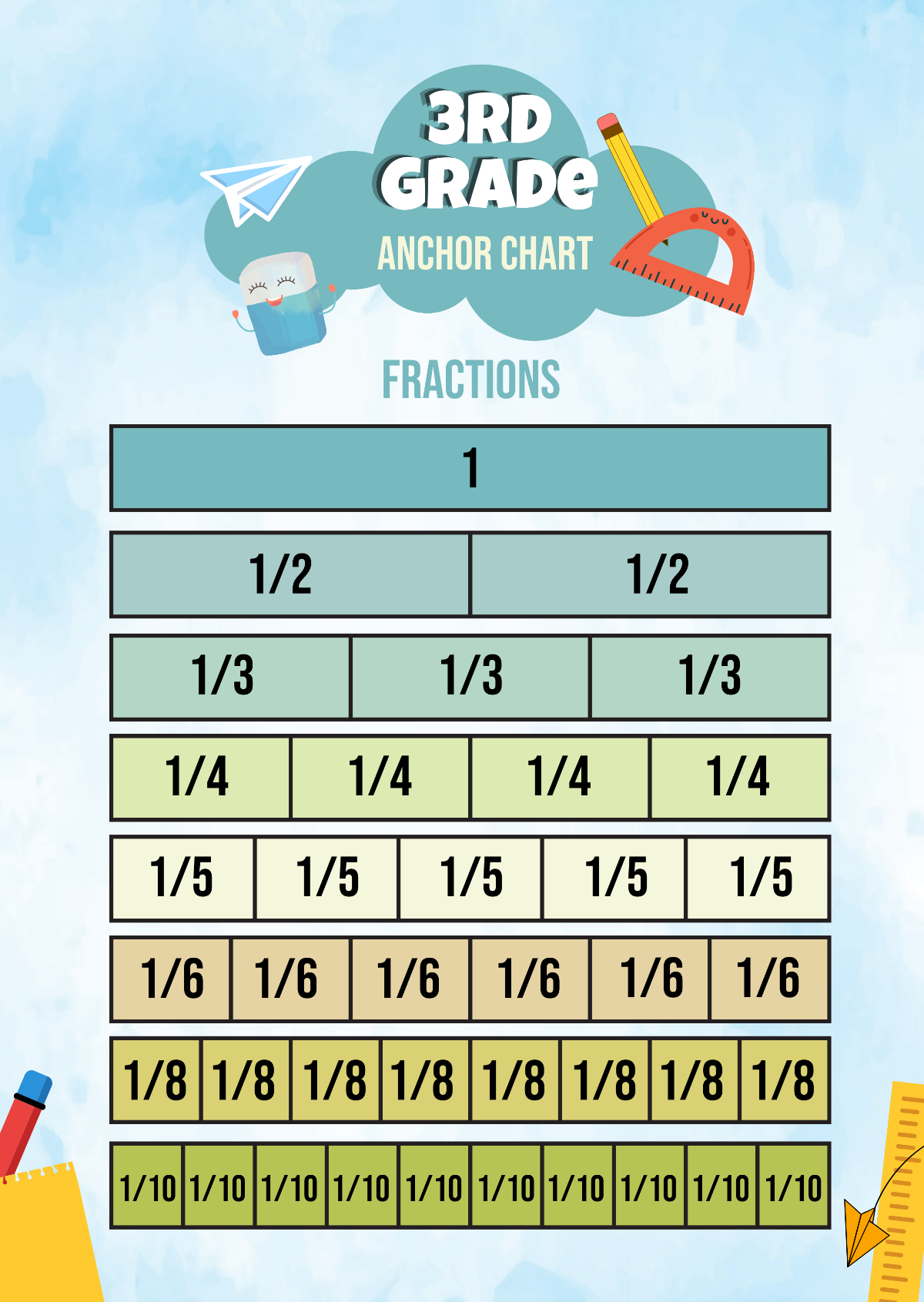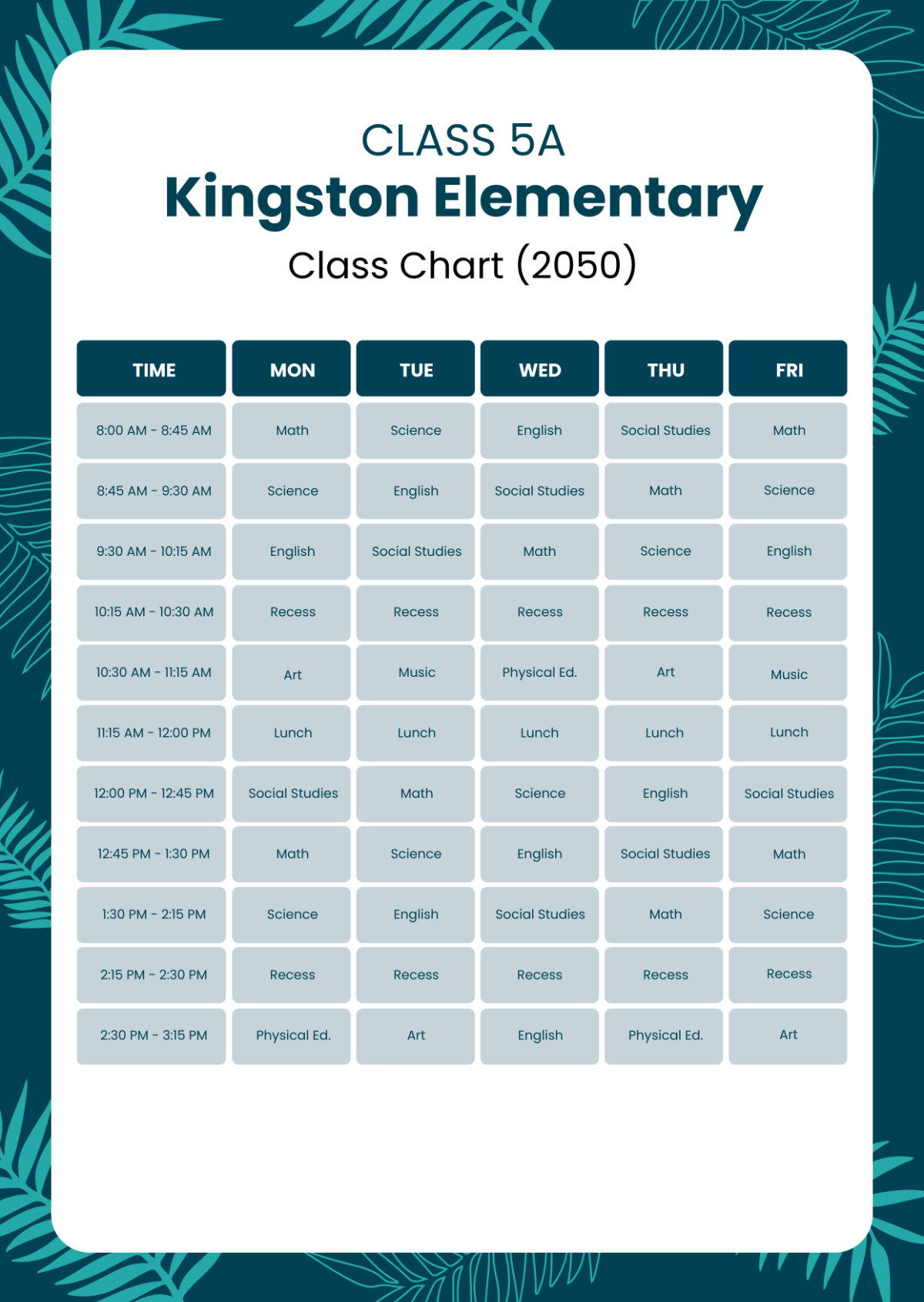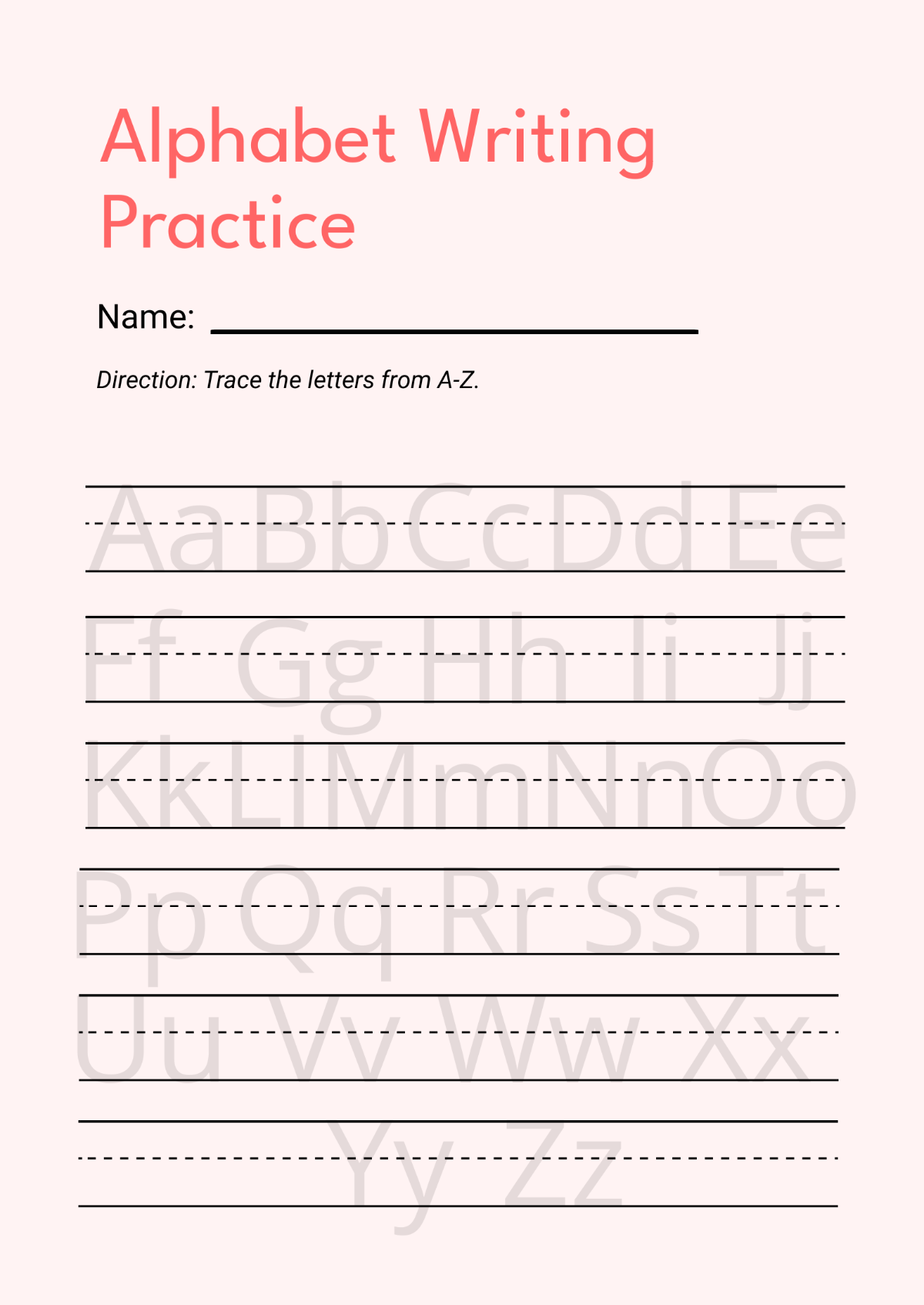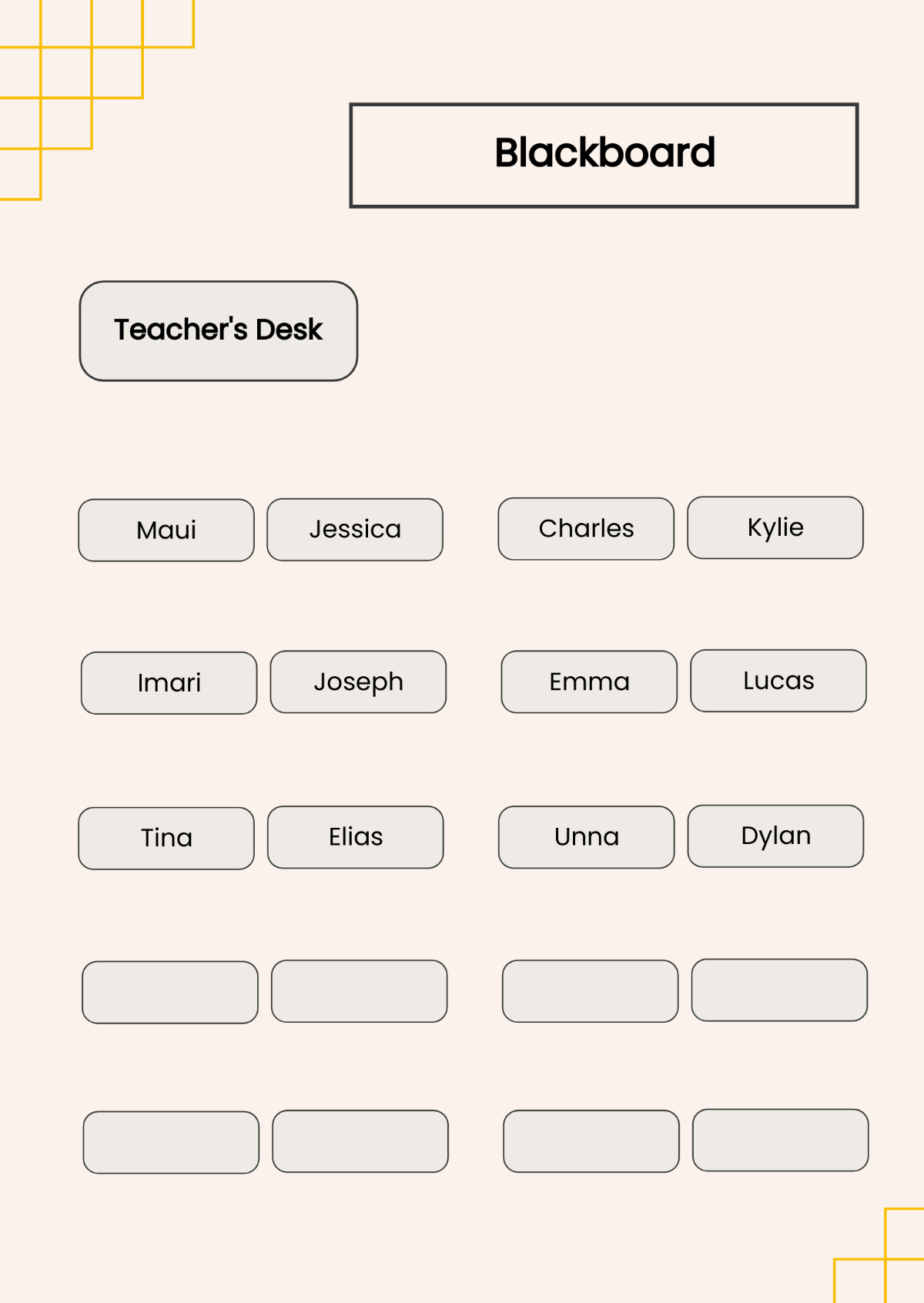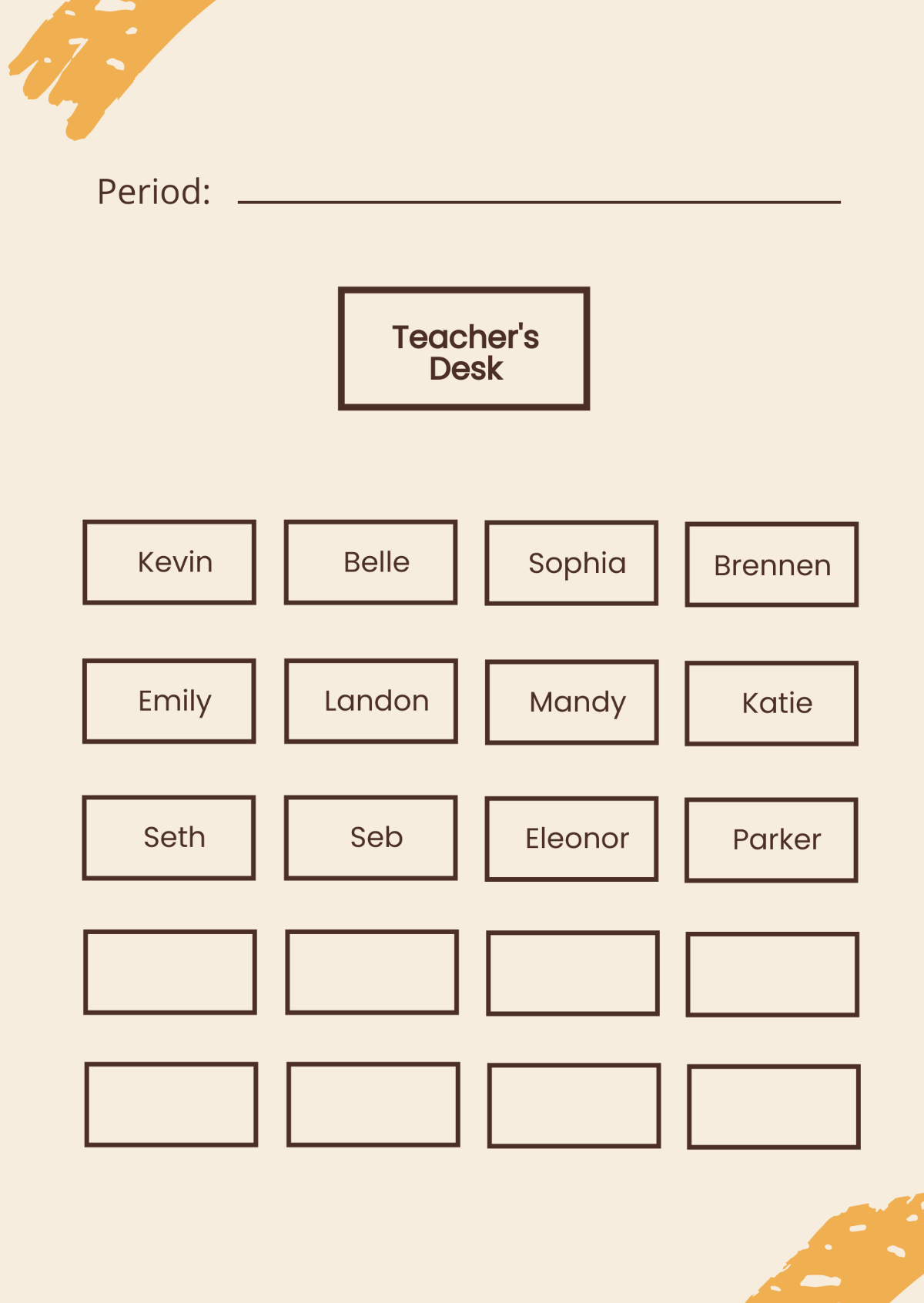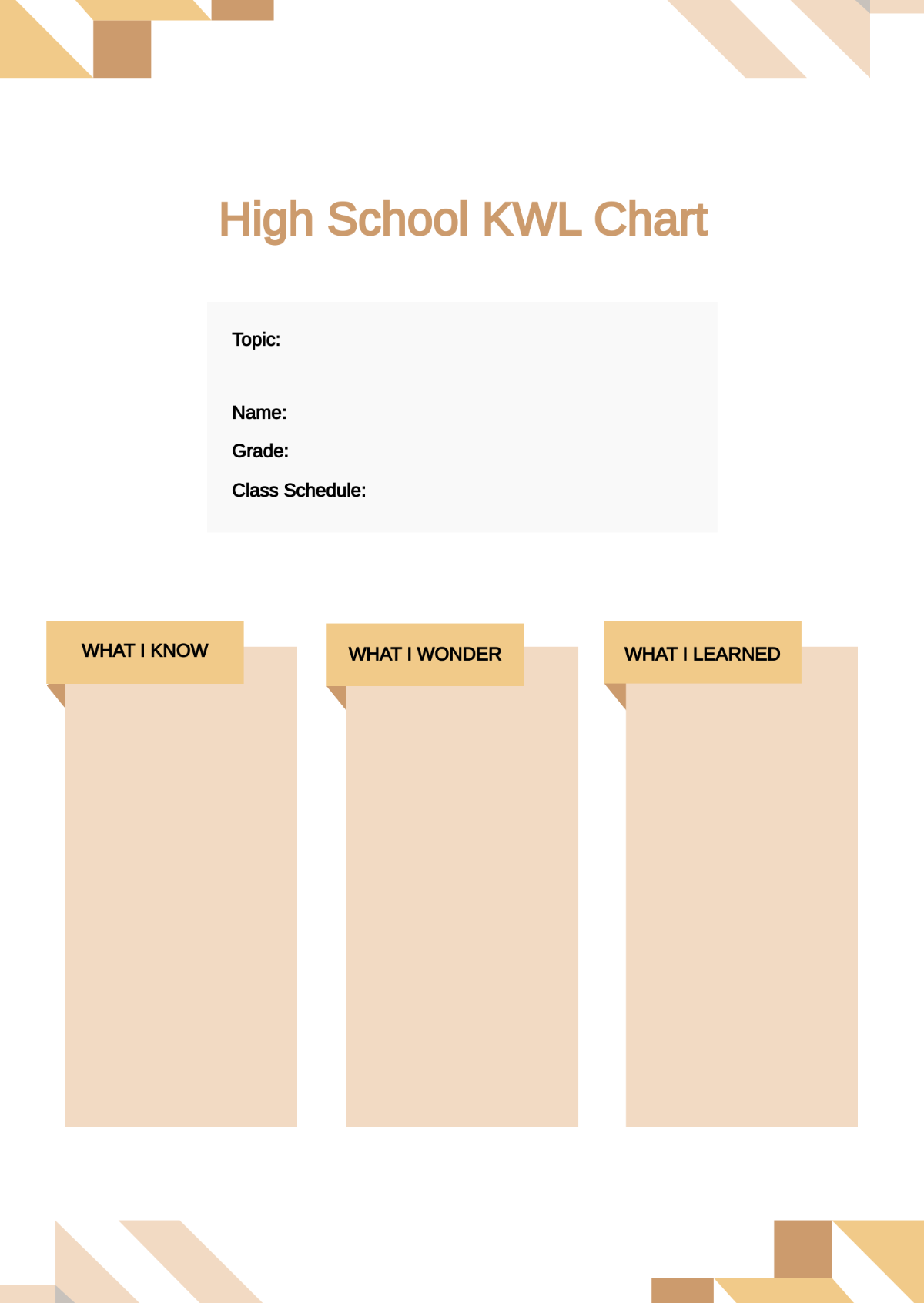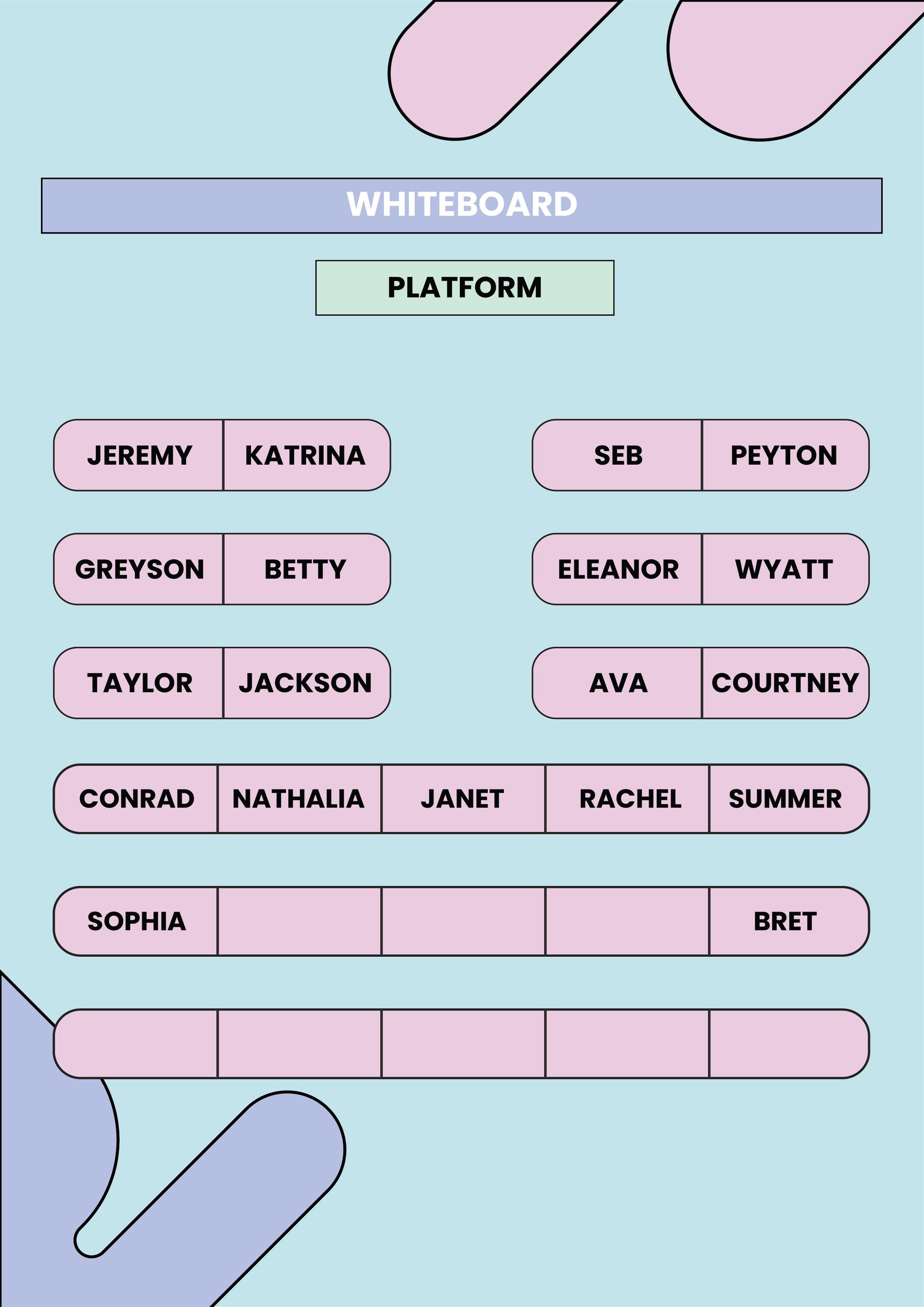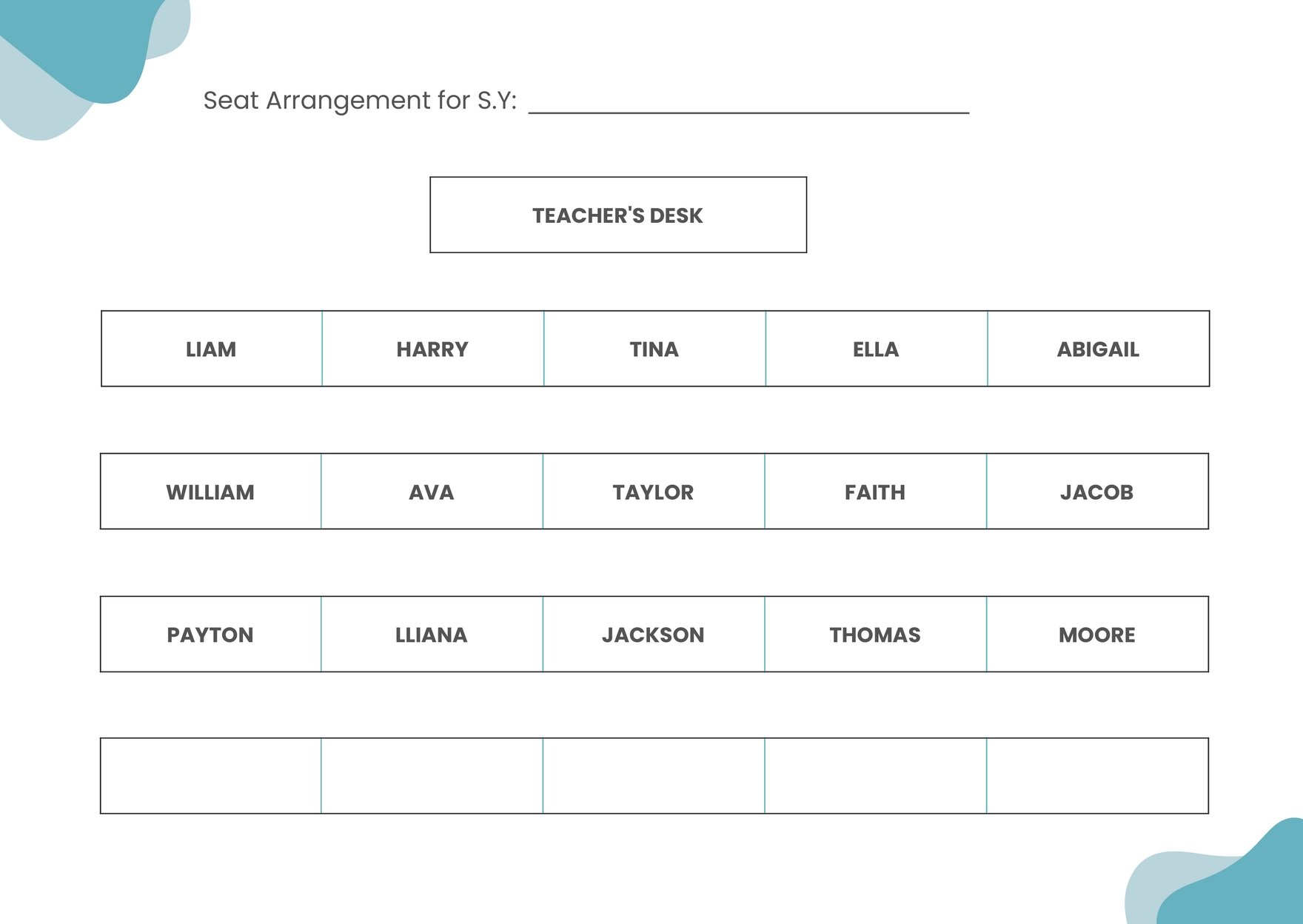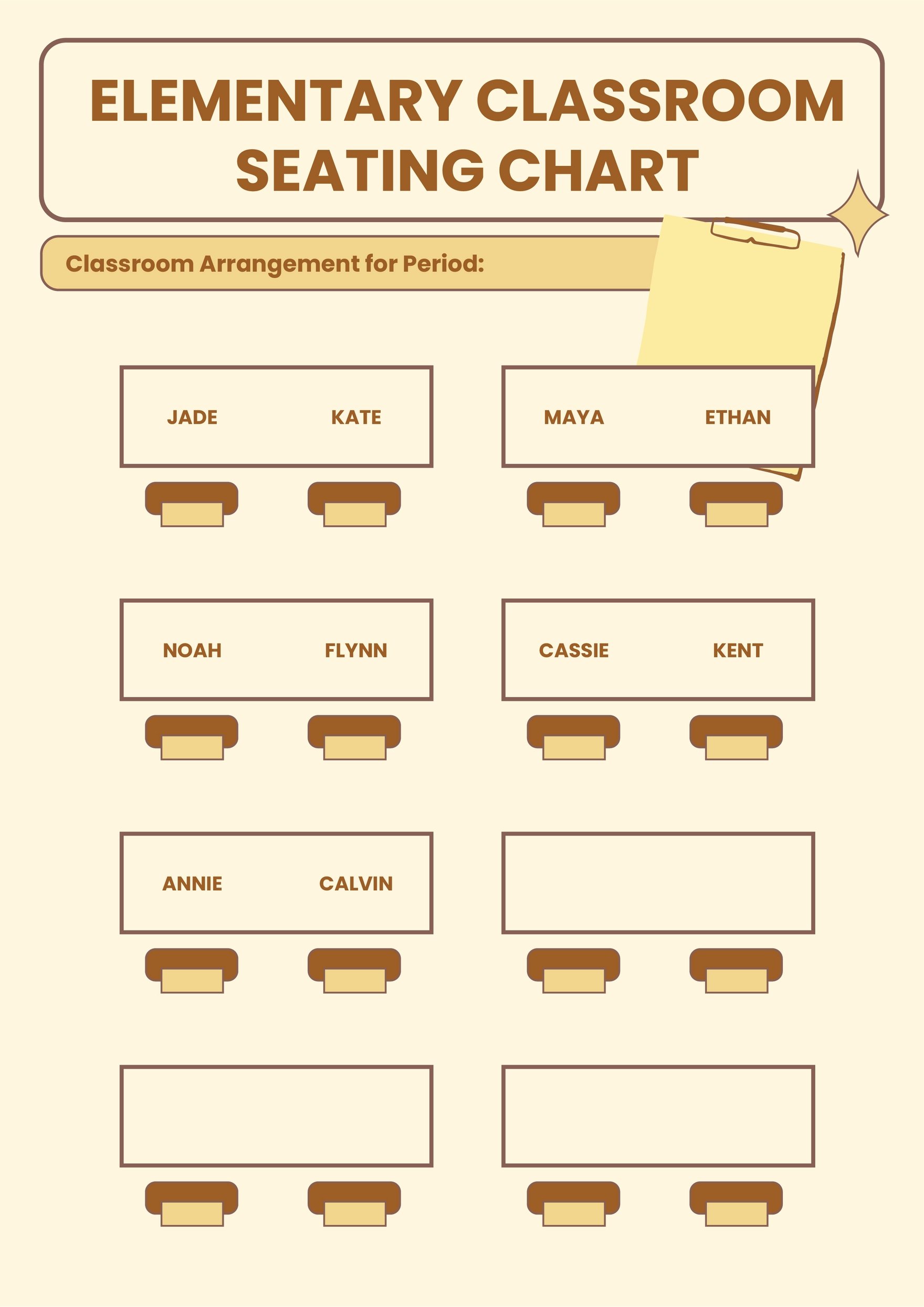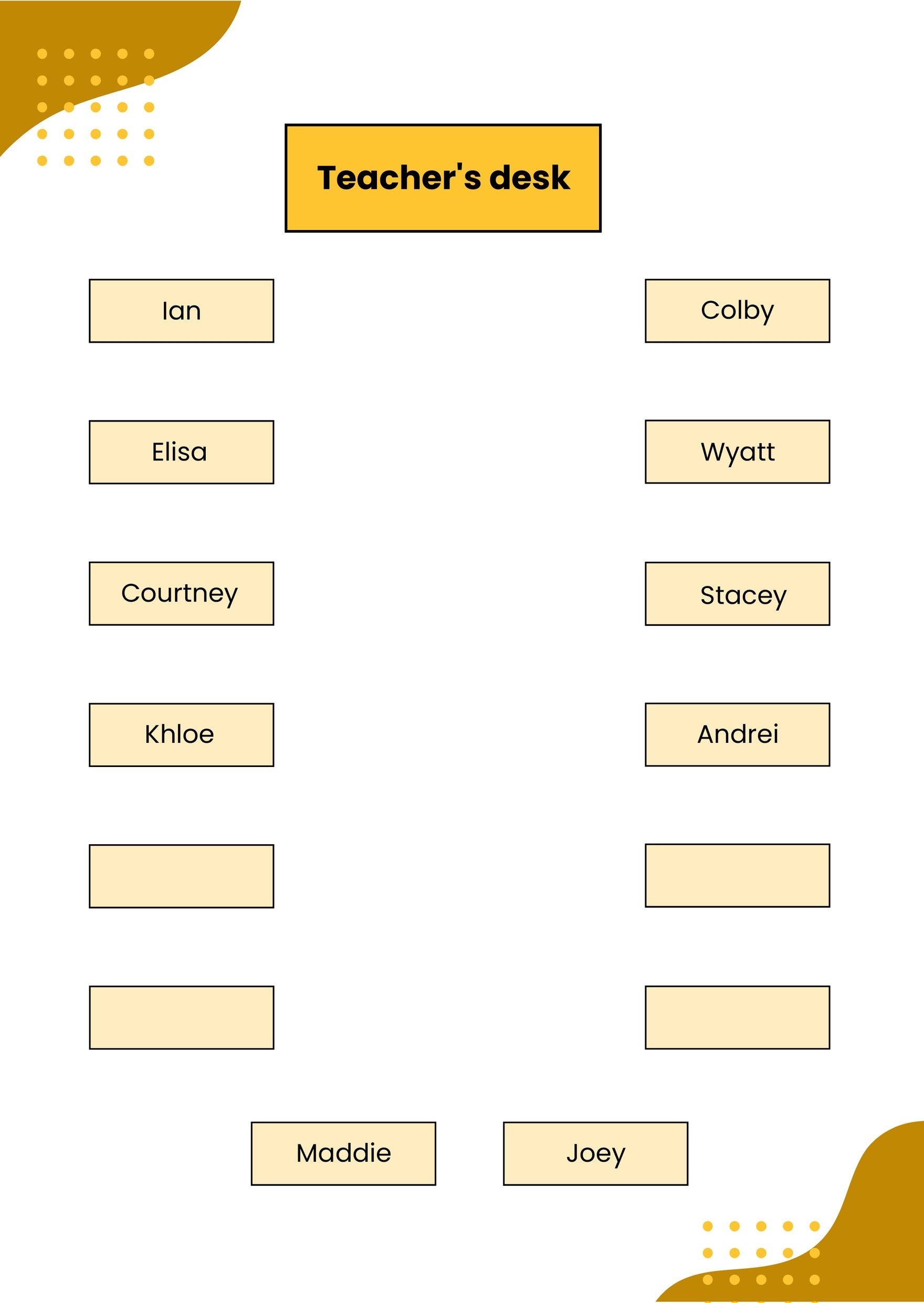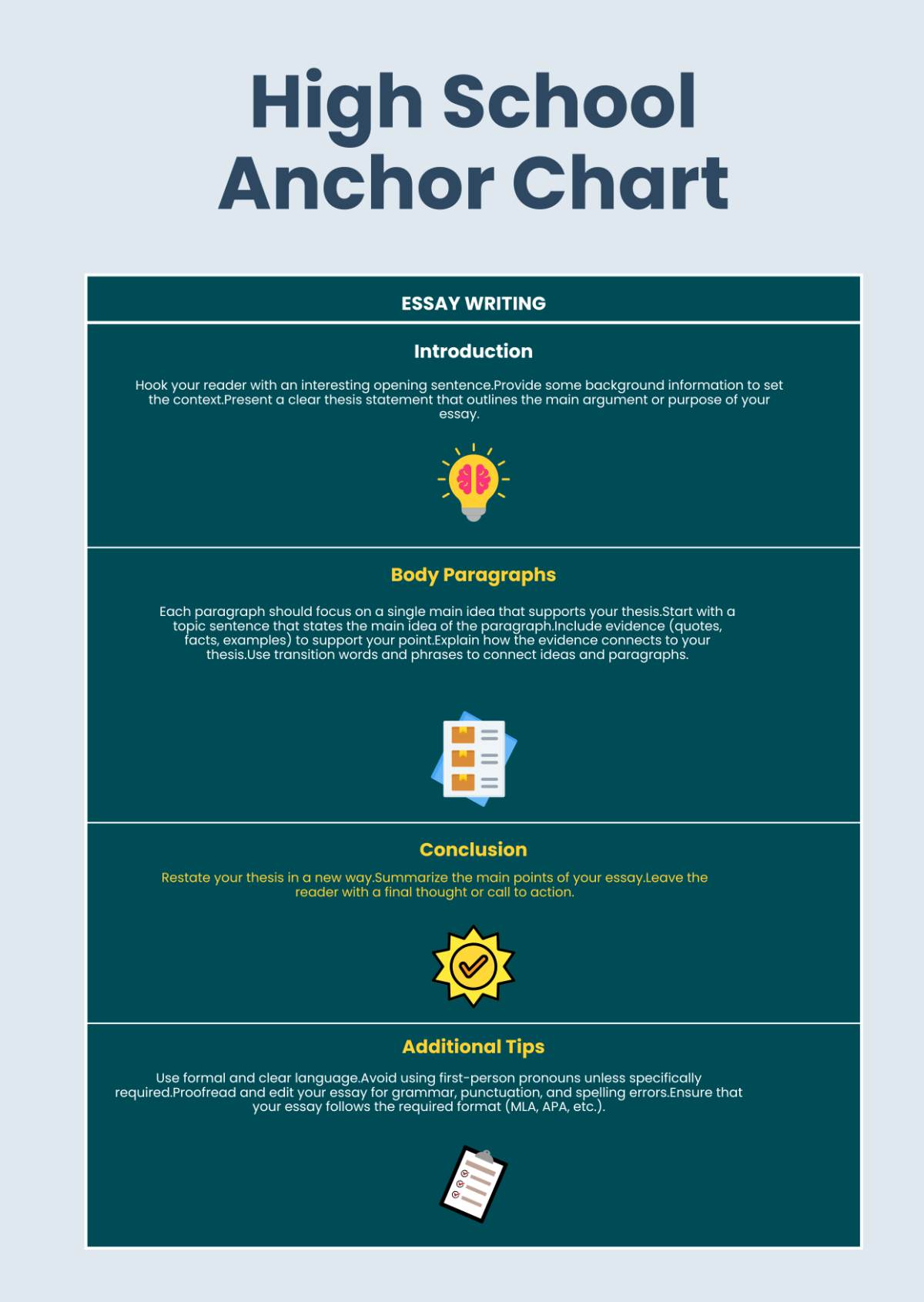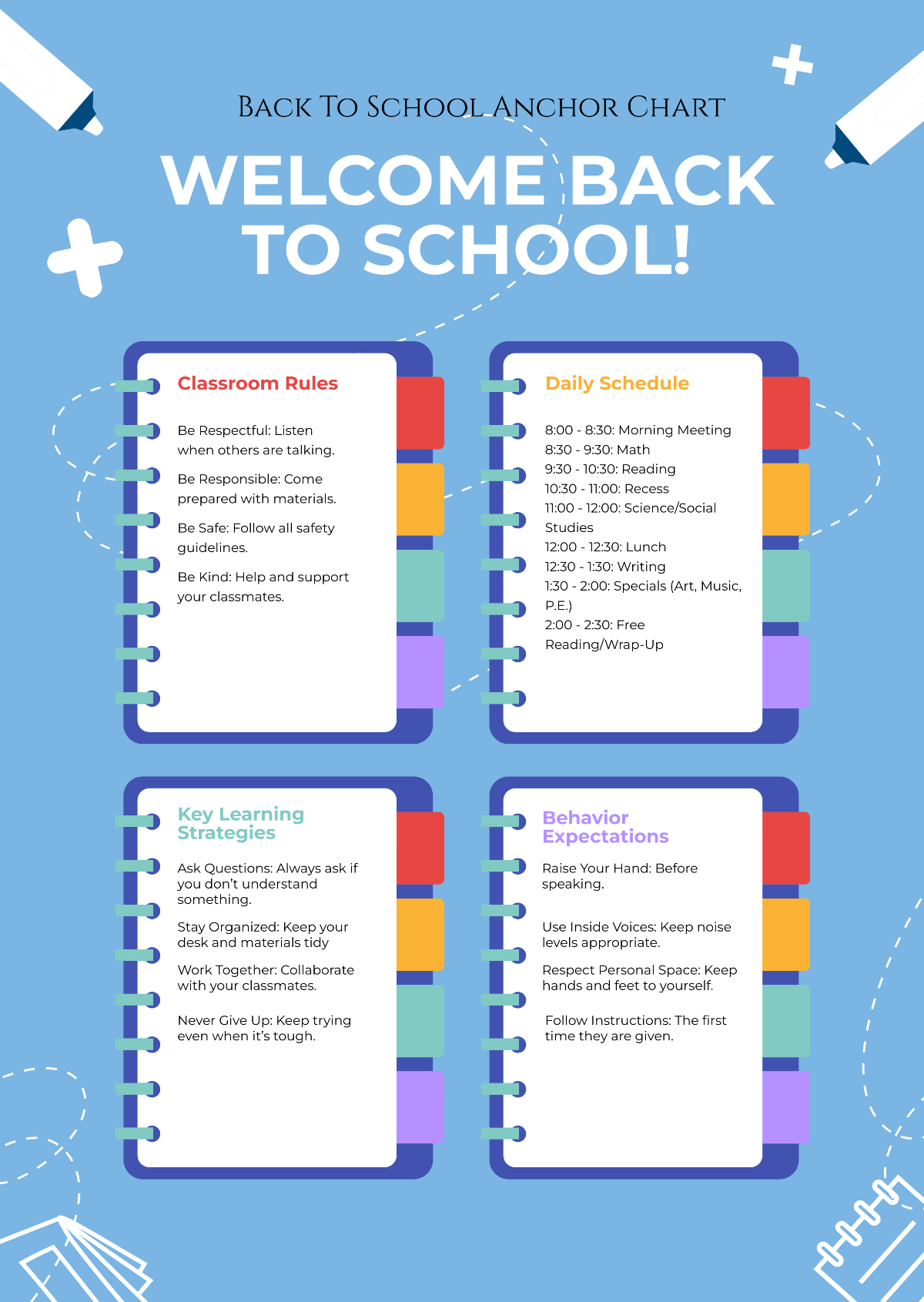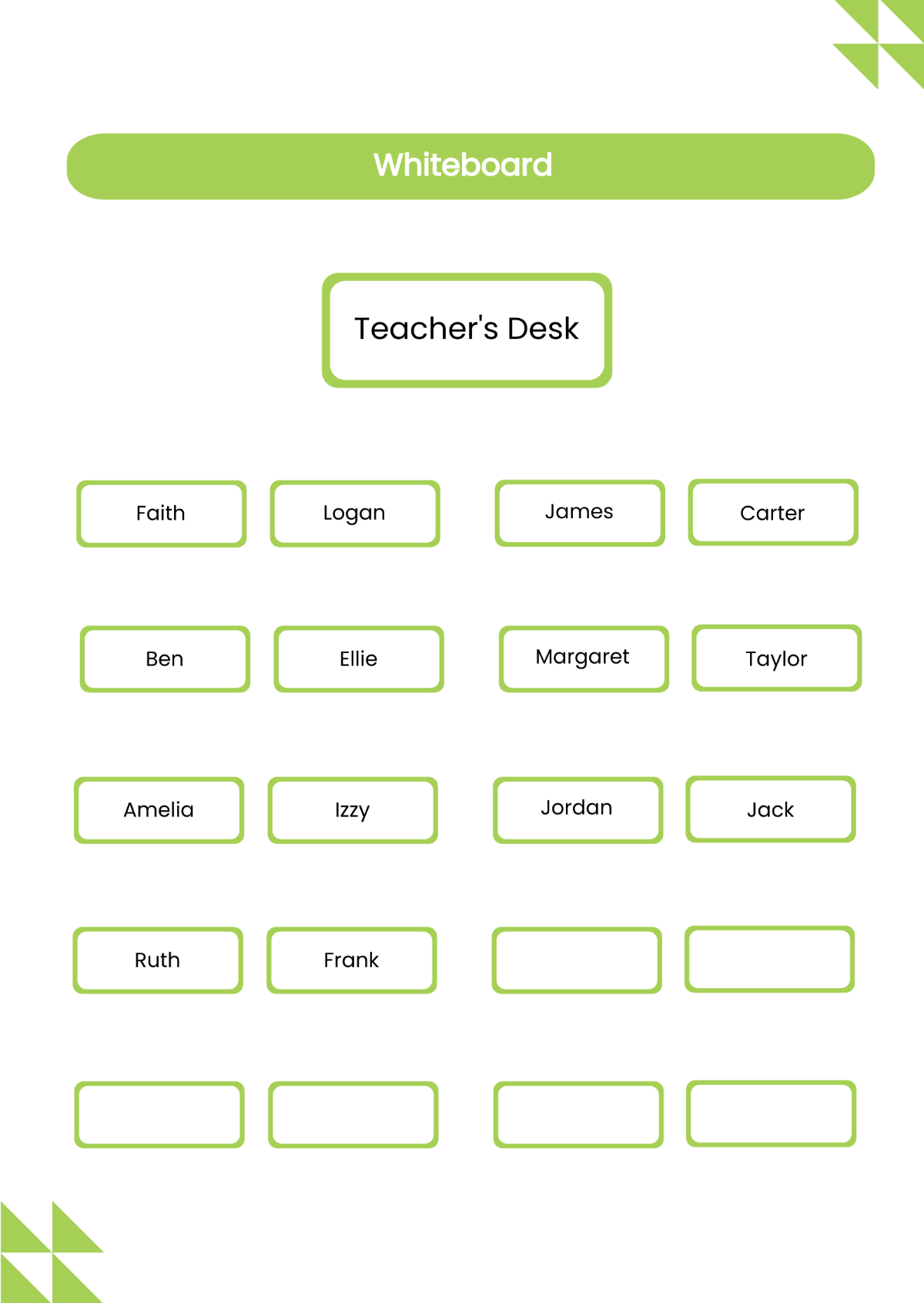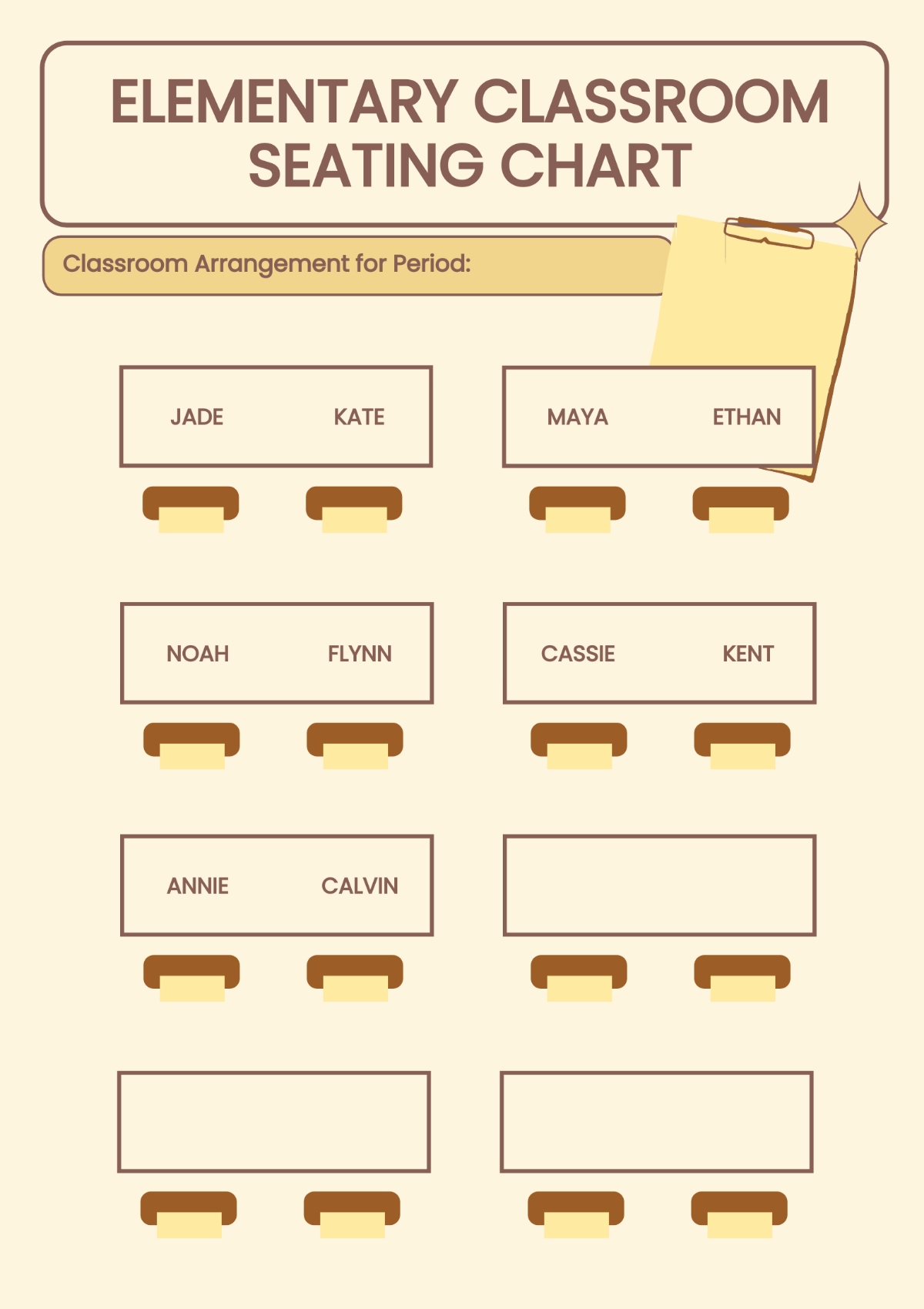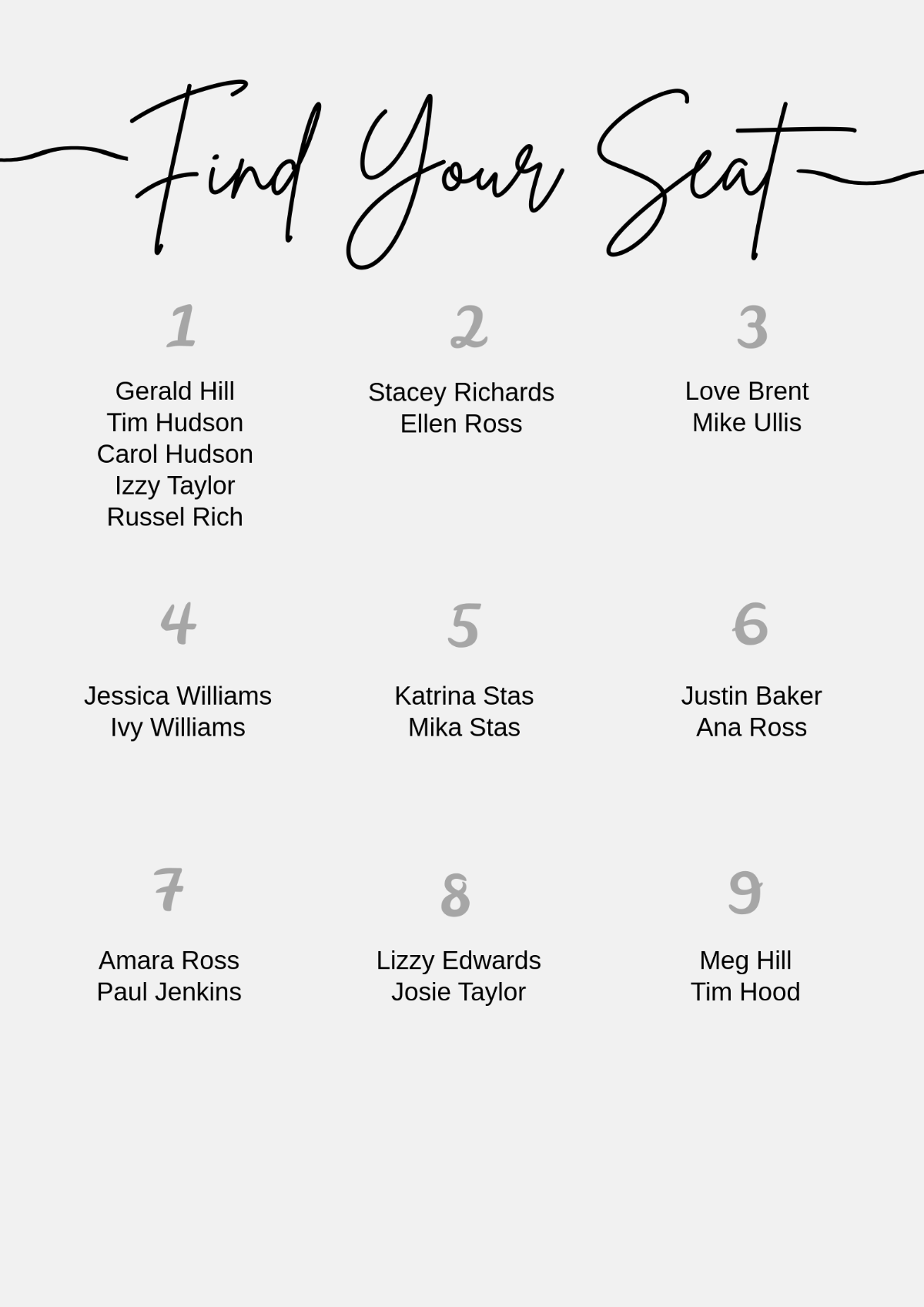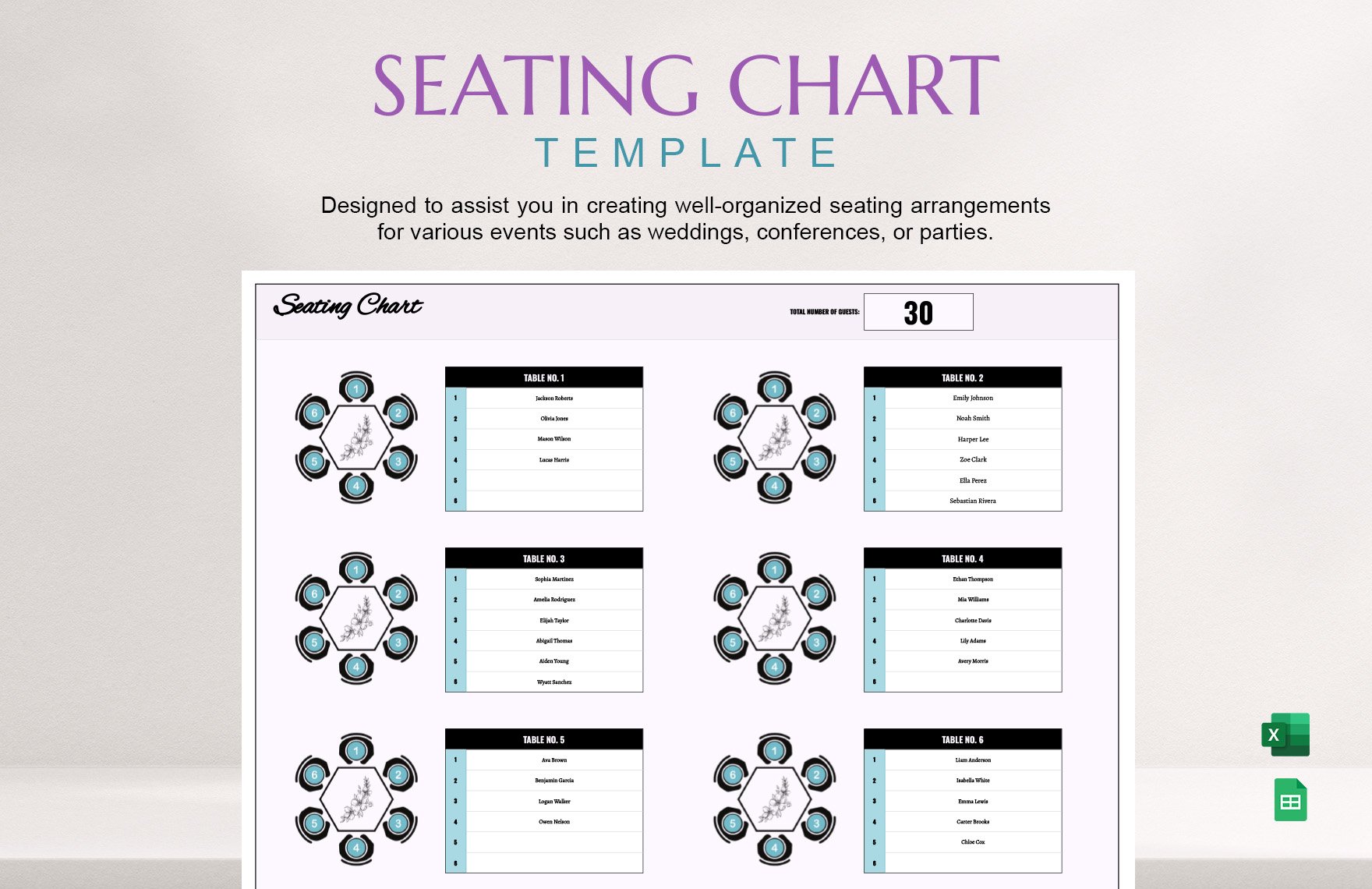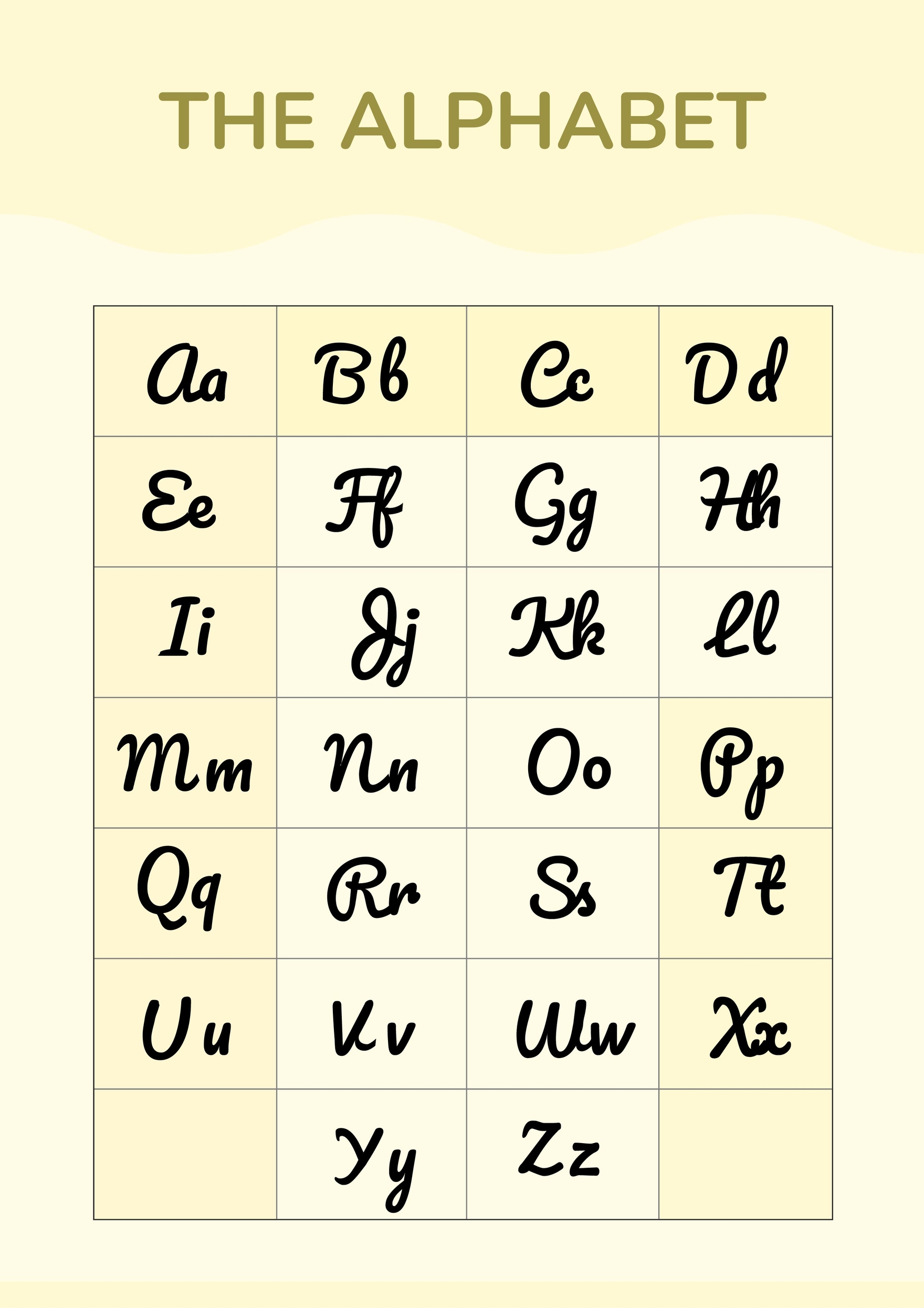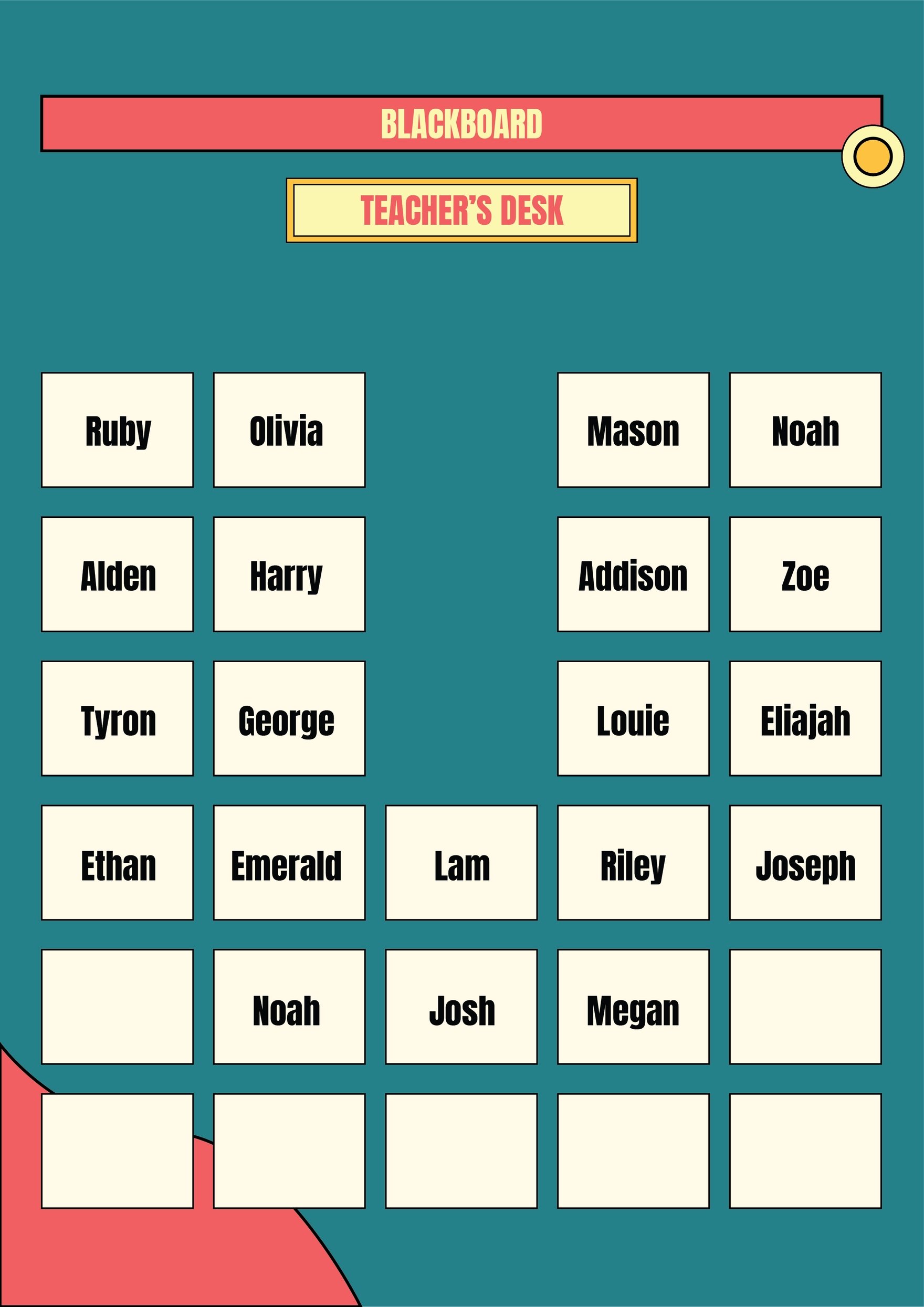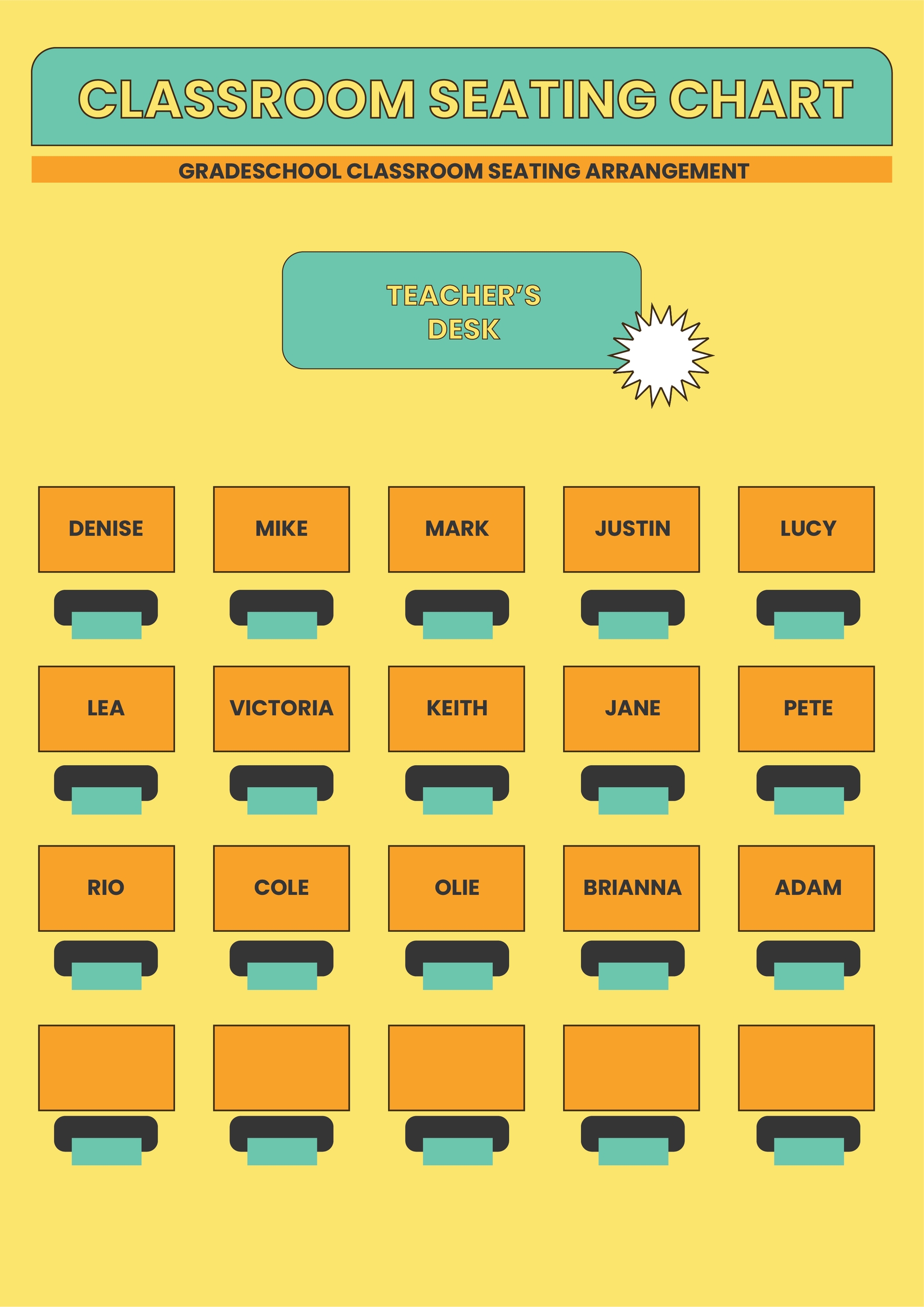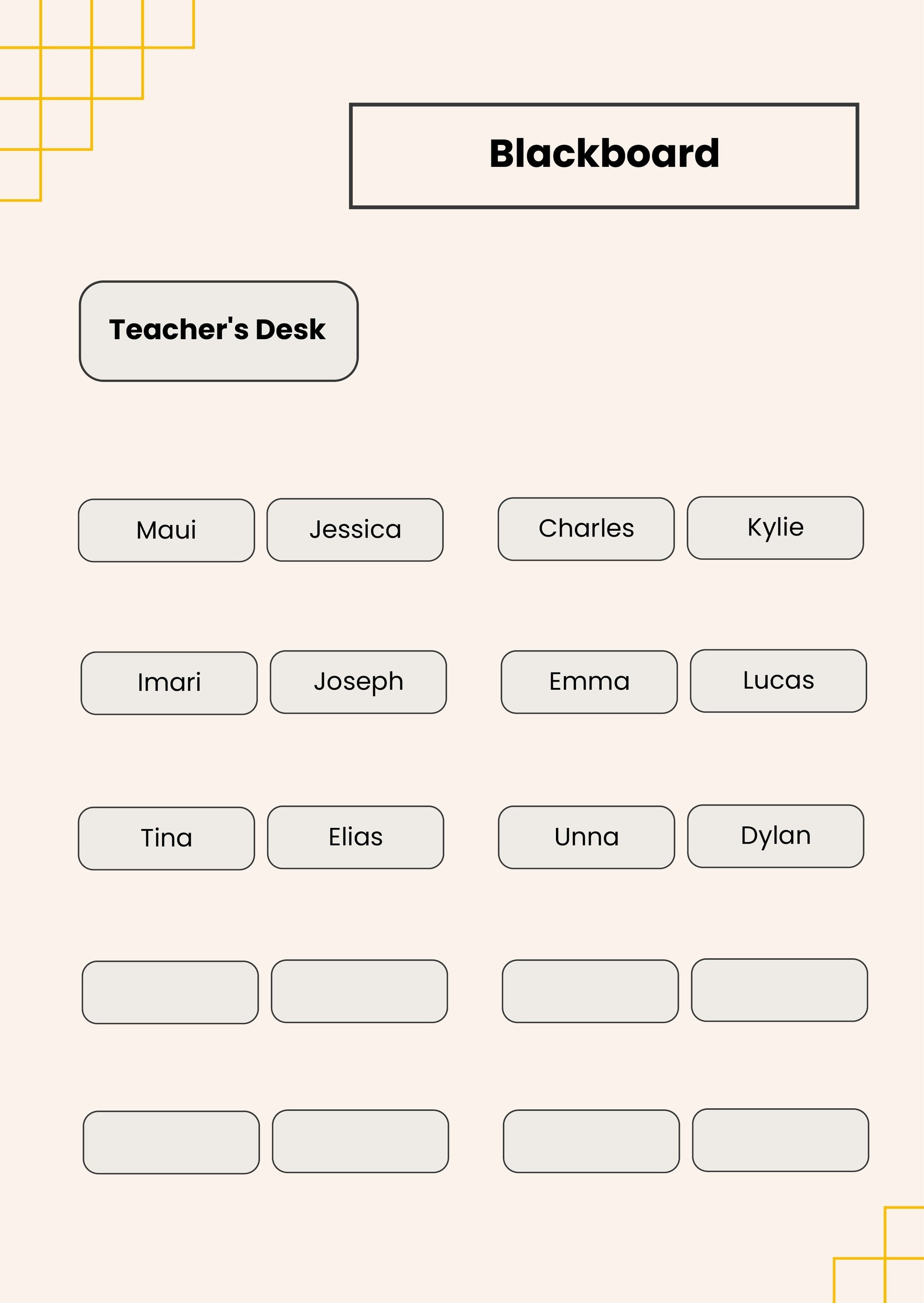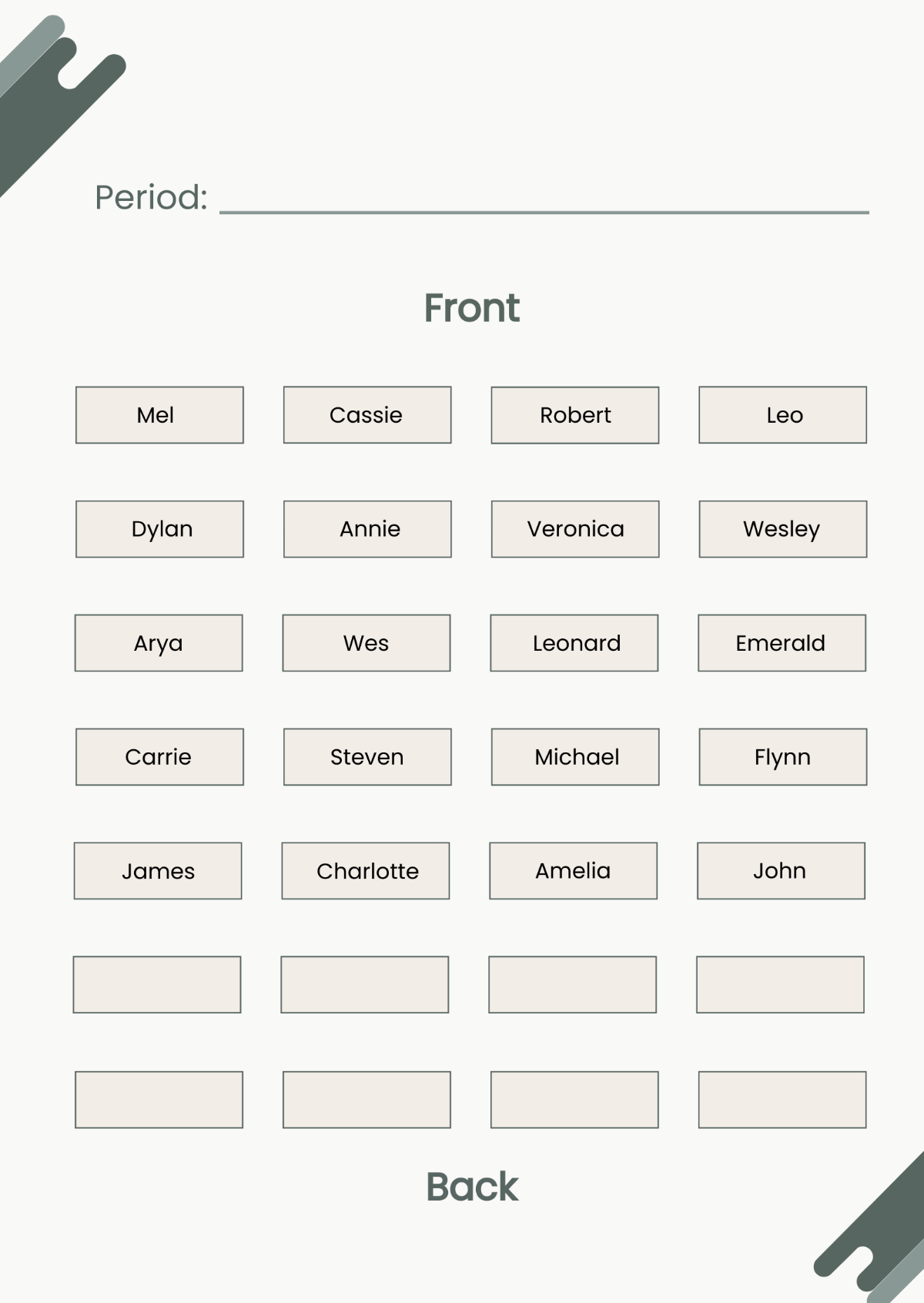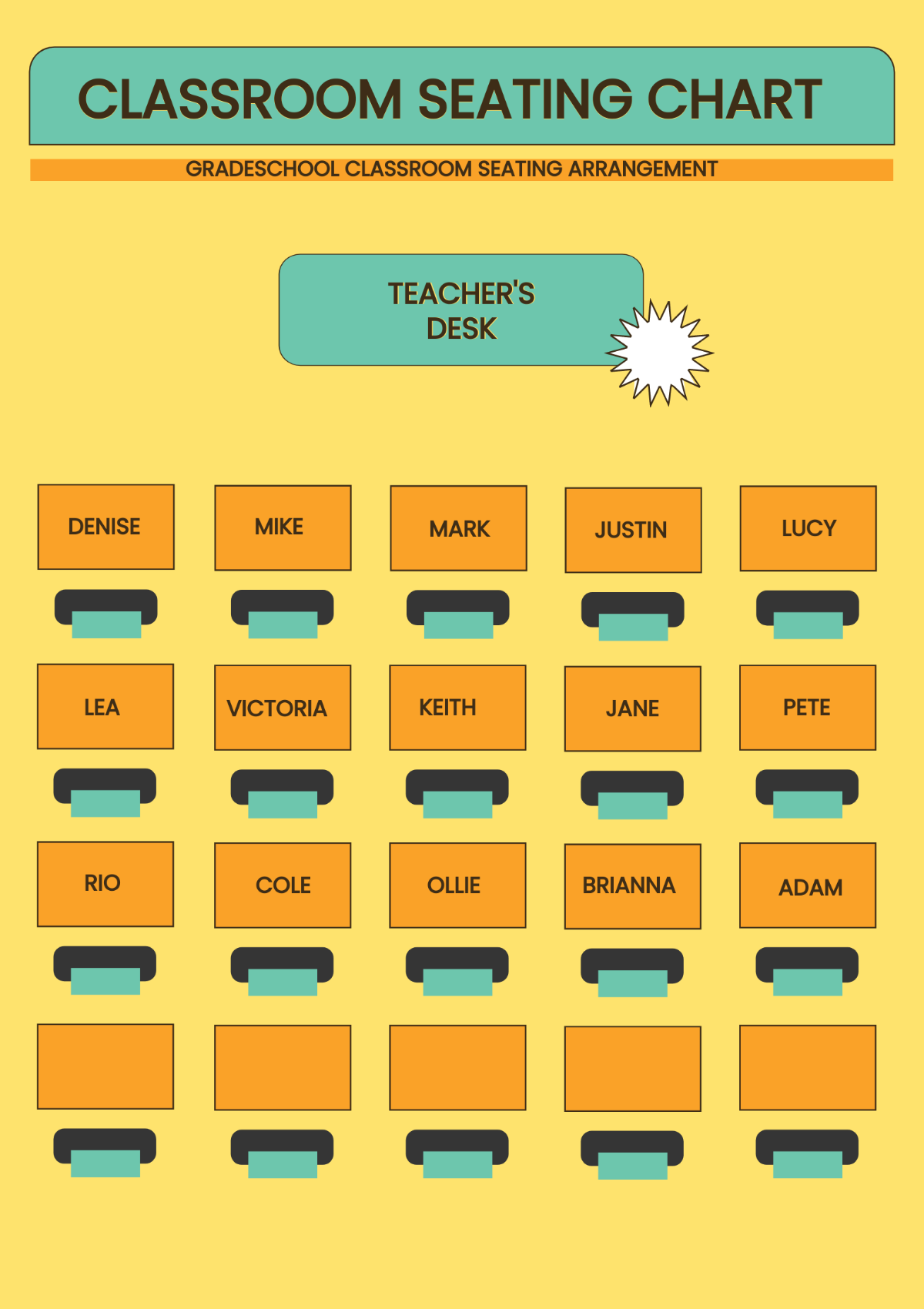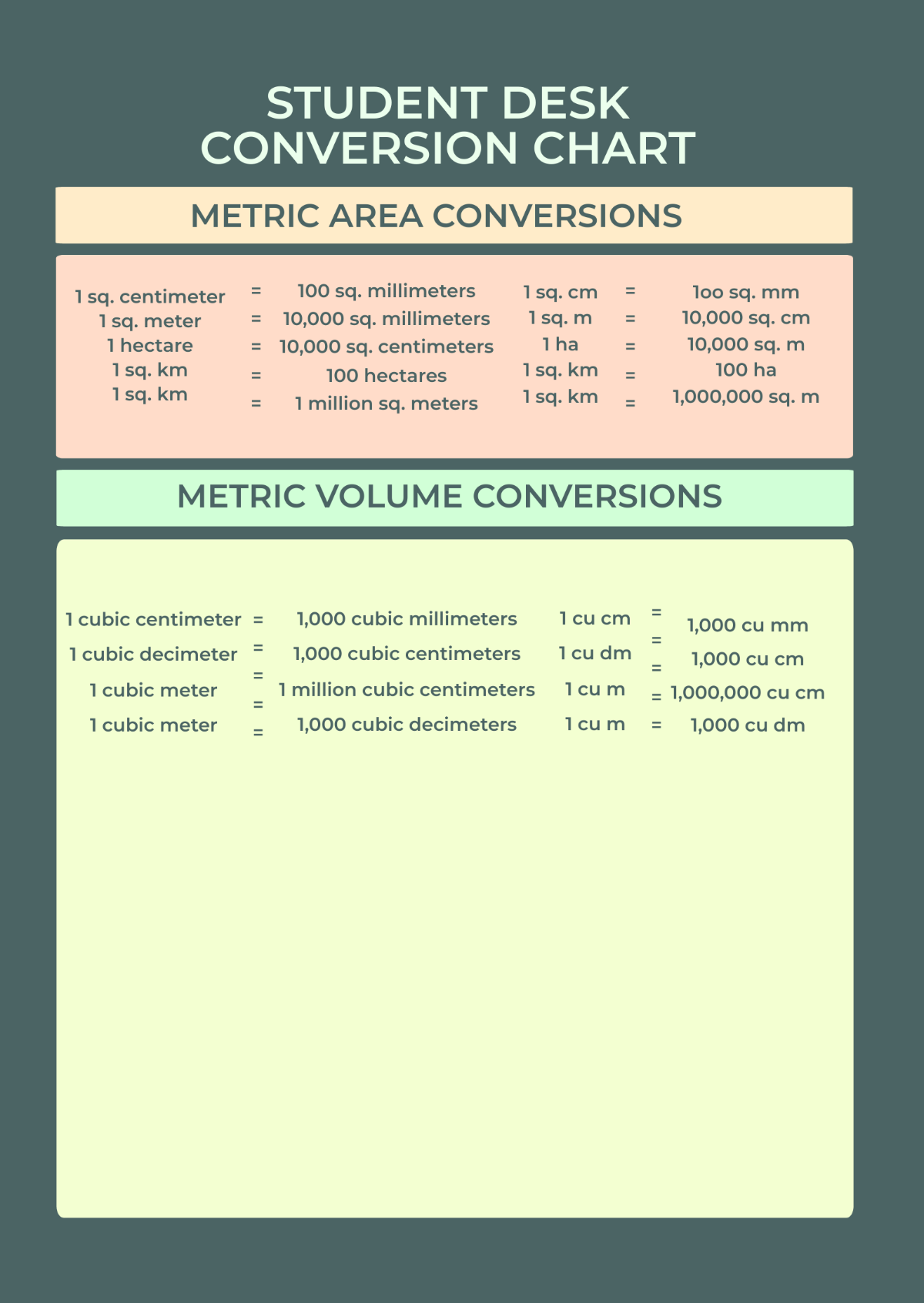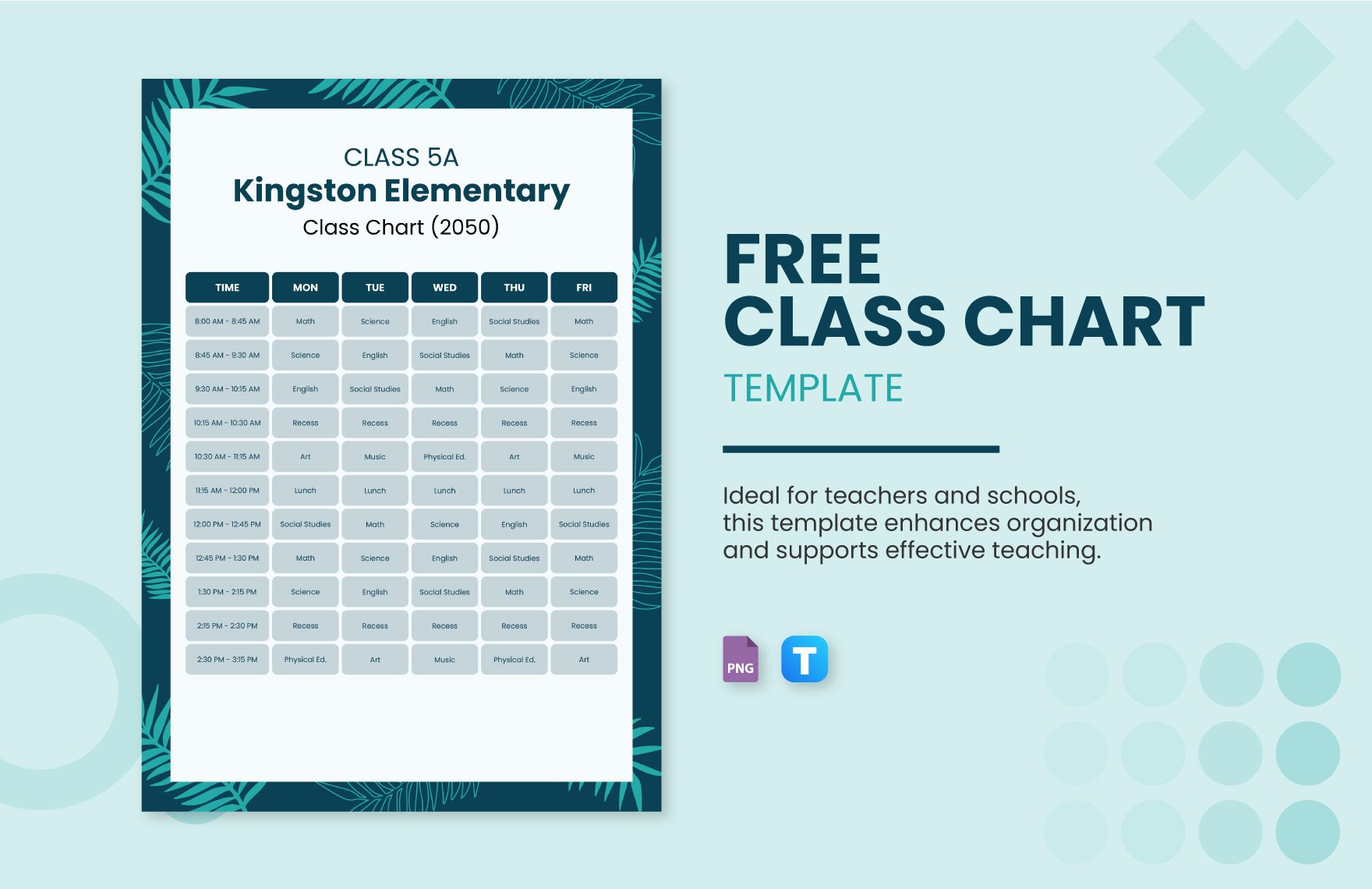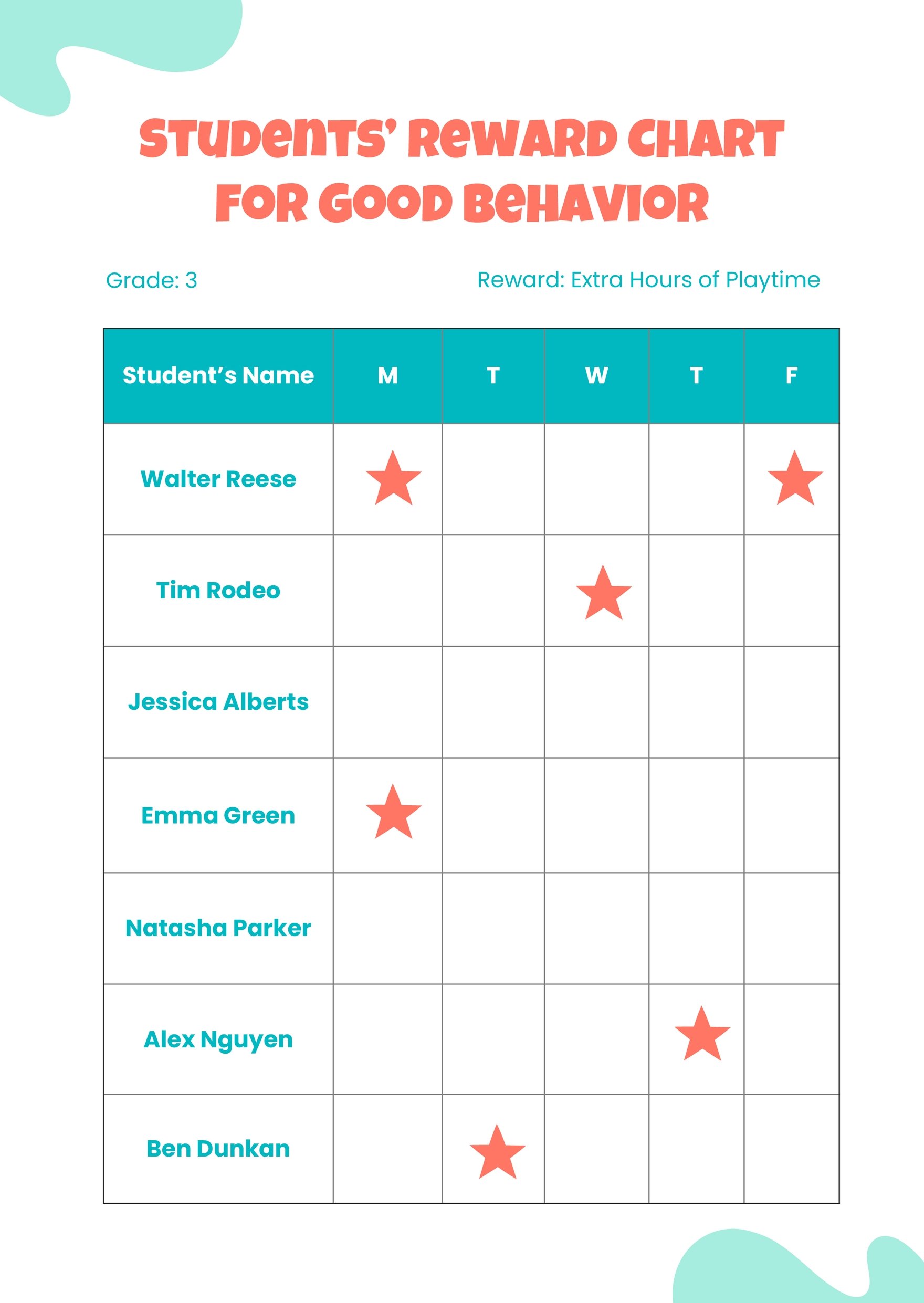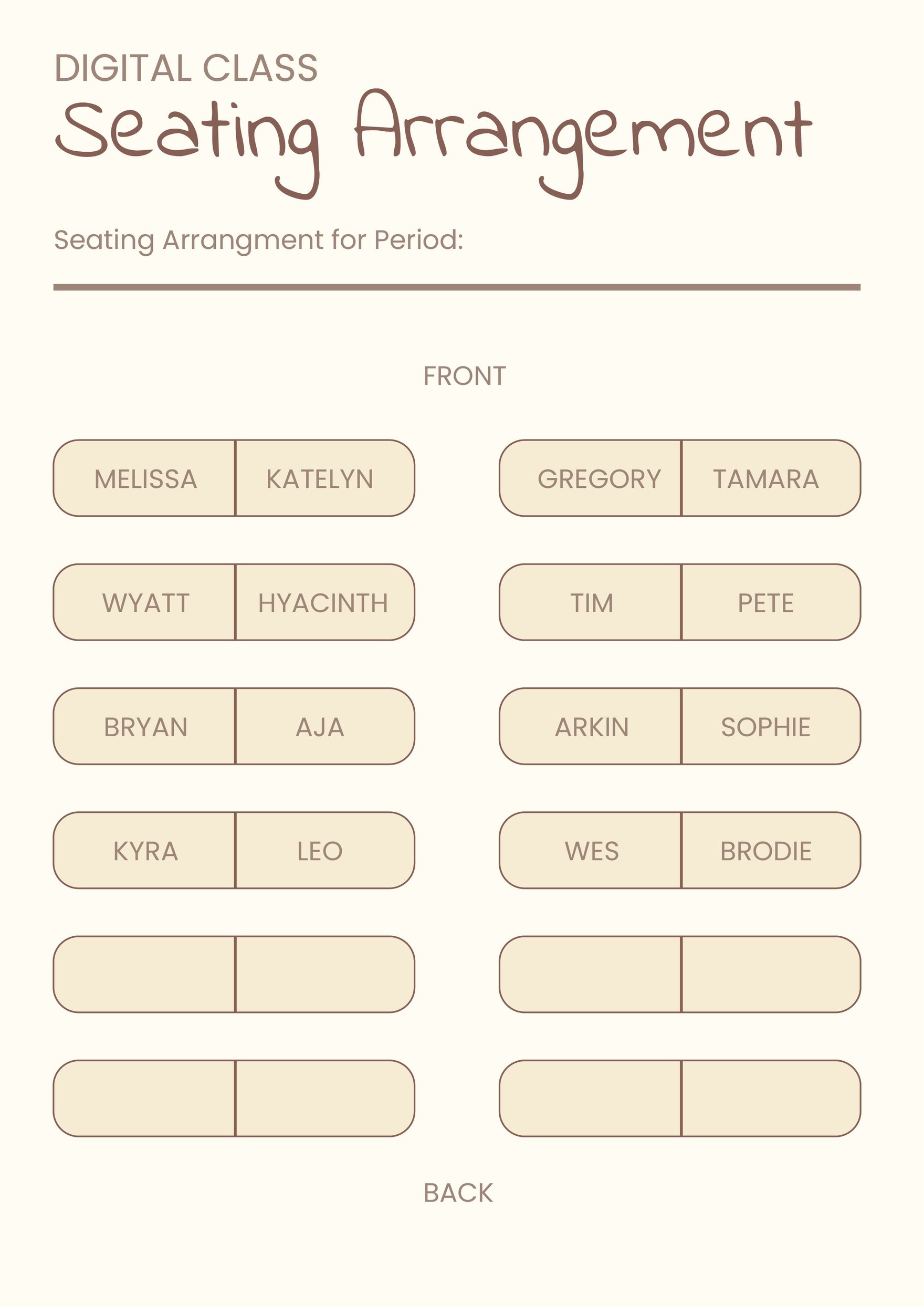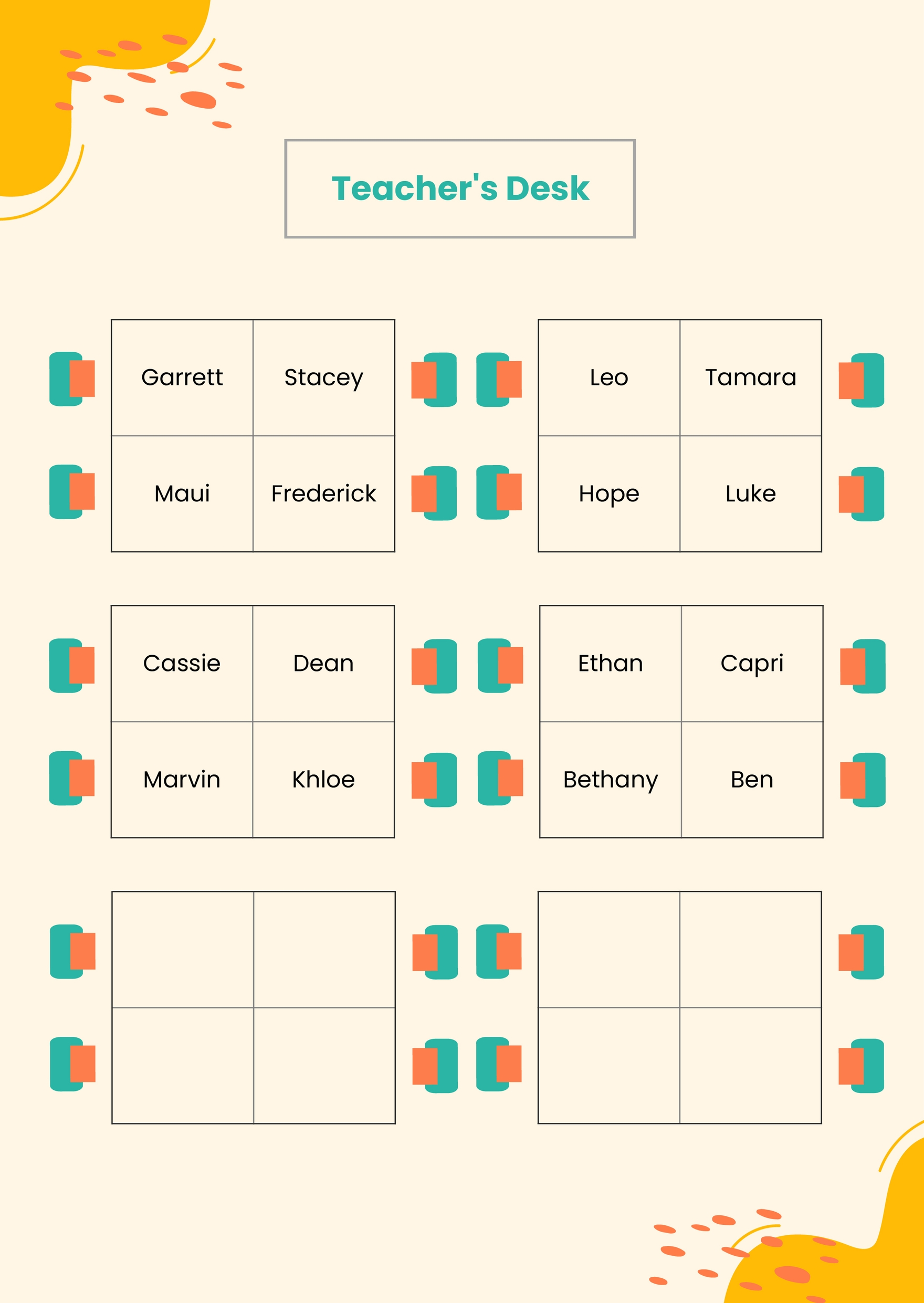Classroom seating arrangements had always been a part of every school opening. Students are eager to know who they will be seated with, and teachers experiment a lot with these arrangements to give students the best experience and an interactive environment. How do you want your classroom seating done to accommodate all of your needs? Here come the answer—Template.net classroom seating chart templates! It is editable, printable, and 100% customizable. Available in all versions of Microsoft Word, Excel, Publisher, Apple Pages, Apple Numbers, PDF, and Google Docs. We also have an elementary seating chart, a high school seating chart, a traditional seating chart, a horseshoe seating chart, and so much more. Why look for another when it's all here? Hurry and subscribe now!
What Is a Classroom Seating Chart?
A classroom seating arrangement is a physical setup of chairs, tables, and presented inside a classroom. There are different variations of seating arrangements that are proven and tested to influence the student's way of learning and gives a significant impact on the whole classroom environment. An effective classroom seating arrangement should also allow for the teachers to know each student, move around, and monitor students' activities.
How to Make a Classroom Seating Chart?
A classroom seating chart is a seating plan where you can arrange seats and tables according to your preferences while giving both you and the students comfort. An effective classroom seating chart should provide the needed interaction and learning, so it is advisable to try different seating arrangements and identify what works well for everyone. In making a classroom seating chart, you must have your drafts, your student's profiles, a handy template, and these guidelines to get you started:
1. Familiarize the Different Kinds of Seating Arrangements
Before you proceed to plan and design, your first step is to get yourself acquainted with what seating arrangements look like and how each works. For every pro, there are cons; you need to soak up everything from the get-go because here is where you'll get an idea of what you can do for your classroom. For every grade, there is a corresponding seating arrangement. You can start experimenting with rows, columns, clusters, combination, U-shaped, horseshoe, and so many more. If you can familiarize most of them, if not all, you will get many more ideas where you could use them as a basis.
2. Know Your Students
The most effective seating arrangement is knowing where you'll be accommodating your students. In school, students are numbered in hundreds, so expect your students to have different personalities and learning capacity, so be very considerate of how you'll group them. You can make an alphabetical arrangement; however, it would be right to arrange them according to their abilities, strengths, weaknesses, or how they deal with issues around the classroom. You can separate students who talk with each other, providing that neither of them is introverts. Disruptive and distracting students can be seated at the front where you could see them clearly. But if you are sure that you could provide class management without worries, you can let students choose their seats.
3. Find a Template with a Seating Arrangement
If you are done with the first two steps above, you can now search for a template online. You can be creative by creating your own; however, if you are not very familiar with chart editors online, it will be time-consuming. There is an array of templates that you can find on the Internet that will surely fit your requirements.
4. Plot and Print
When you are choosing your seating arrangement, you should have already decided on the student's seats. Now, you should also decide where to put facilities like computers and your desk. Provide spaces for storage in your desk aside from a table. If you have open-floor activities, you can set an area where it cannot mess up the whole setting of the room. After tagging areas and facilities, you can double-check everything before you proceed to print. Use quality printing materials that are not easily destroyed or crumpled. You have an option to laminate it and post it inside the classroom for reference.
